The Empire State Building, one of the most iconic skyscrapers in the world, stands tall in New York City. Its construction was a marvel of engineering and determination, completed during the Great Depression.
Initial Planning and Design
In the late 1920s, the race to build the world’s tallest building was in full swing. New York was already home to many skyscrapers, but there was a desire to build something even grander. The idea for the Empire State Building was conceived by John J. Raskob, a former executive of General Motors, and Al Smith, a former governor of New York.
Architect William F. Lamb of the architectural firm Shreve, Lamb & Harmon was tasked with designing the building. Lamb’s design was influenced by the Art Deco style, characterized by its sleek lines and modern aesthetic. The plan was ambitious: to construct a 102-story building that would rise 1,250 feet into the sky.
Groundbreaking and Early Construction
Construction began on March 17, 1930. The site chosen for the Empire State Building was at 350 Fifth Avenue, where the old Waldorf-Astoria Hotel once stood. The demolition of the hotel took less than two weeks, making way for the new skyscraper..
Read more
One of the first challenges faced by the construction team was the excavation of the foundation. They had to dig deep to ensure the building would be stable. This phase involved removing 57,000 tons of earth and rock. It was a daunting task, but it was completed swiftly.
Building the Framework
The steel framework of the Empire State Building was crucial to its construction. The framework allowed the building to rise quickly and provided the necessary strength to support its height. The steel was prefabricated off-site, then transported to the construction site. This method sped up the process significantly.
Workers, known as “sky boys,” performed the dangerous task of assembling the steel framework high above the ground. They worked without safety harnesses, relying on their balance and courage. These men worked tirelessly, erecting an average of four and a half stories per week. By September 1930, the steel structure had reached the 86th floor.
Concrete and Masonry Work
With the steel framework in place, the next step was to add concrete floors and brick walls. Concrete was poured to create the floors, while the exterior walls were built using Indiana limestone and granite. This combination of materials gave the building its distinctive look.
The construction process was incredibly efficient. Workers installed about 3,400 bricks per day. The use of pre-fabricated materials and a well-organized workforce meant that each phase of construction flowed smoothly into the next.
Installing the Elevators
A vital component of the Empire State Building was its elevator system. Given the building’s height, an efficient elevator system was necessary to transport people quickly and safely. Otis Elevator Company, the leading elevator manufacturer at the time, was brought in to design and install the elevators.
The building was equipped with 73 elevators, including high-speed express elevators that could travel from the ground floor to the 80th floor in less than a minute. Installing these elevators was a complex task that required precise engineering and coordination.
Adding the Spire
The spire was one of the final elements added to the Empire State Building. It was designed to serve as a mooring mast for airships, a novel idea at the time. The spire added an additional 200 feet to the building’s height, bringing the total to 1,454 feet when including the antenna.
On November 21, 1930, the spire was hoisted into place using a system of pulleys and cranes. This feat of engineering was a testament to the skill and ingenuity of the construction team.
Interior Work
While the exterior of the building was being completed, work continued on the interior. The Empire State Building was designed to accommodate office spaces, so the interior layout was planned with efficiency in mind. Each floor was designed to be flexible, allowing tenants to customize their office spaces.
The interior was finished with marble, bronze, and wood, giving it a luxurious feel. The lobby was designed to impress. It featured an Art Deco design with polished marble walls, ornate light fixtures, and a large mural depicting the building itself.
Overcoming Challenges
The construction of the Empire State Building was not without its challenges. One of the biggest obstacles was the Great Depression, which began shortly before construction started. Despite the economic downturn, the project continued, providing jobs for thousands of workers.
Safety was another major concern. Working at such great heights was incredibly dangerous. Unfortunately, five workers lost their lives during construction. However, considering the scale and pace of the project, this number was relatively low.
Completion and Opening
The Empire State Building was completed on April 11, 1931, just 410 days after construction began. It officially opened on May 1, 1931, when President Herbert Hoover turned on the building’s lights with the push of a button from Washington, D.C.
The opening ceremony was a grand event, attended by dignitaries, celebrities, and the media. The Empire State Building was hailed as a marvel of modern engineering and a symbol of American resilience and ingenuity.
The first tenants began moving into the Empire State Building shortly after its opening. The building offered over two million square feet of office space, making it the largest office building in the world at the time. Despite the economic challenges of the Great Depression, the building gradually filled with tenants.
One of the most popular features of the Empire State Building is its observation deck. Located on the 86th floor, the deck offers breathtaking views of New York City. Millions of visitors have enjoyed the panoramic vistas from this vantage point.
The observation deck was an instant hit, attracting tourists from around the world. It became a major source of revenue for the building and added to its allure as a tourist destination.


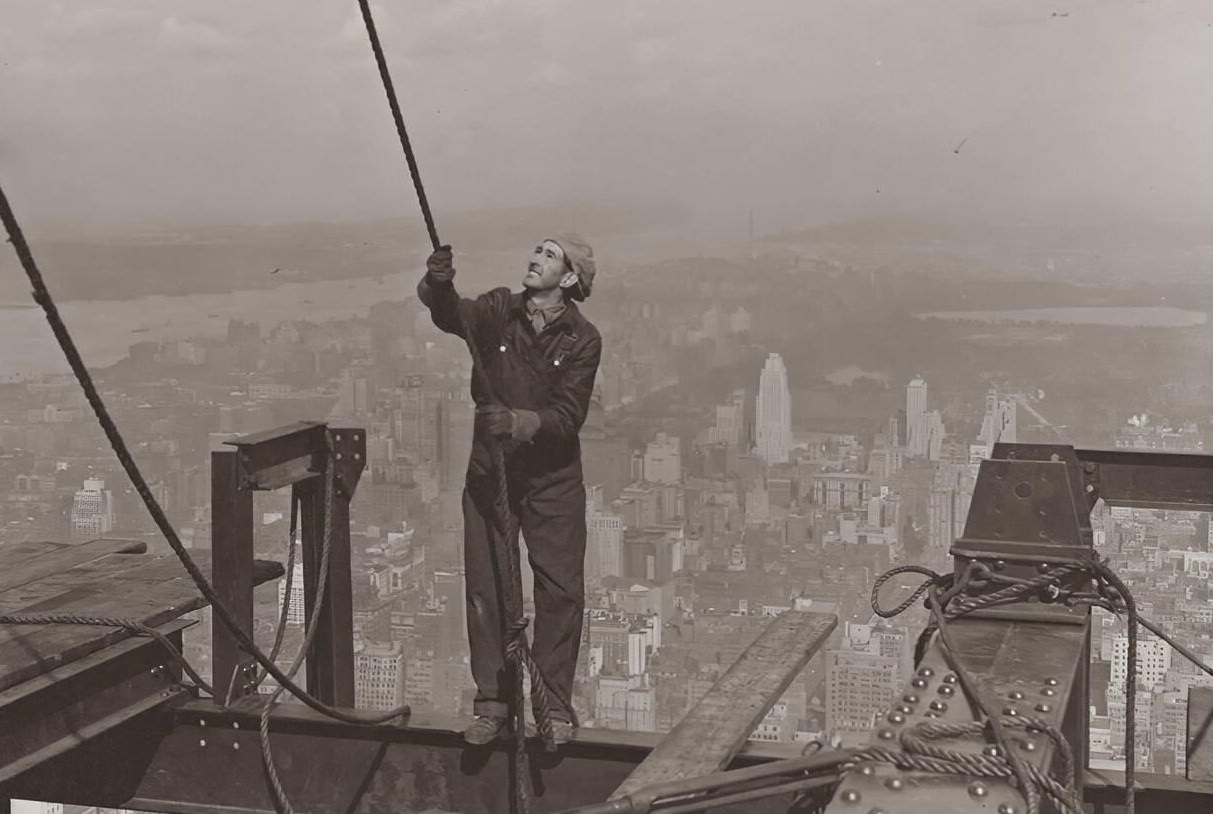
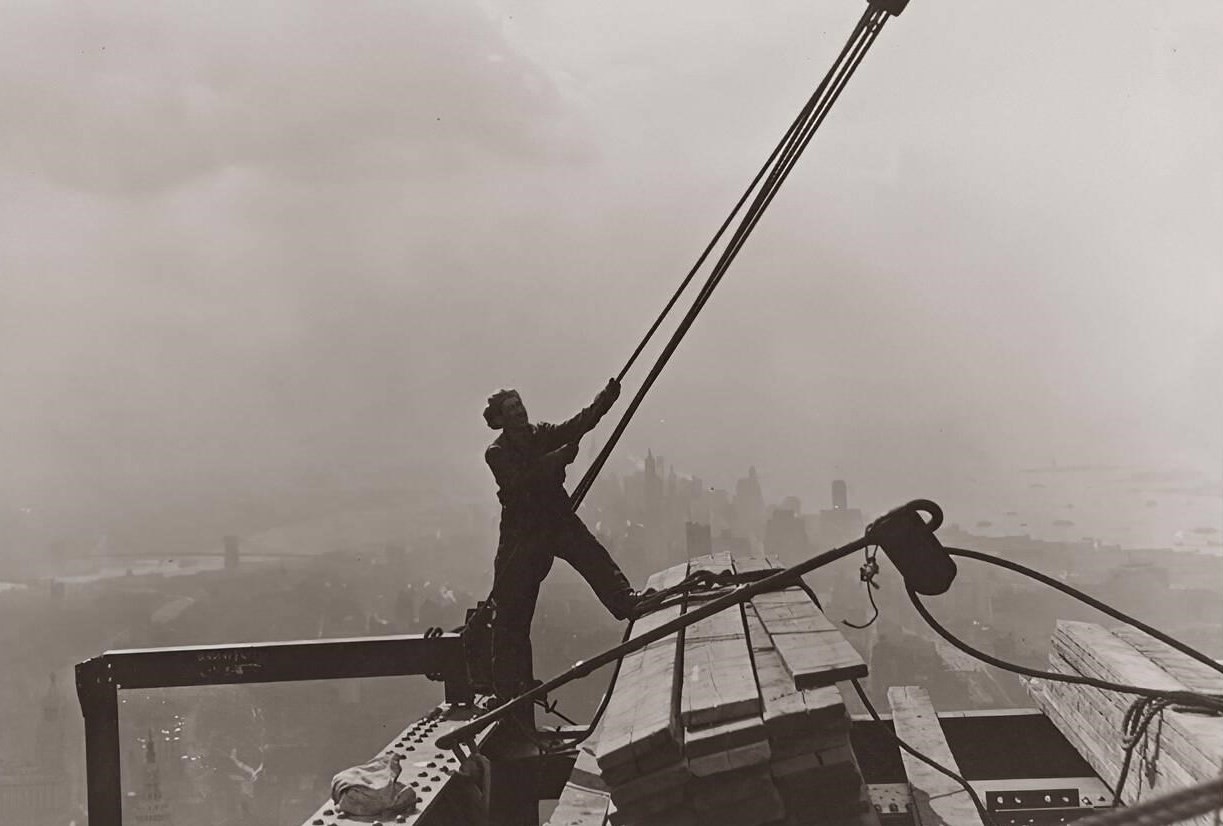
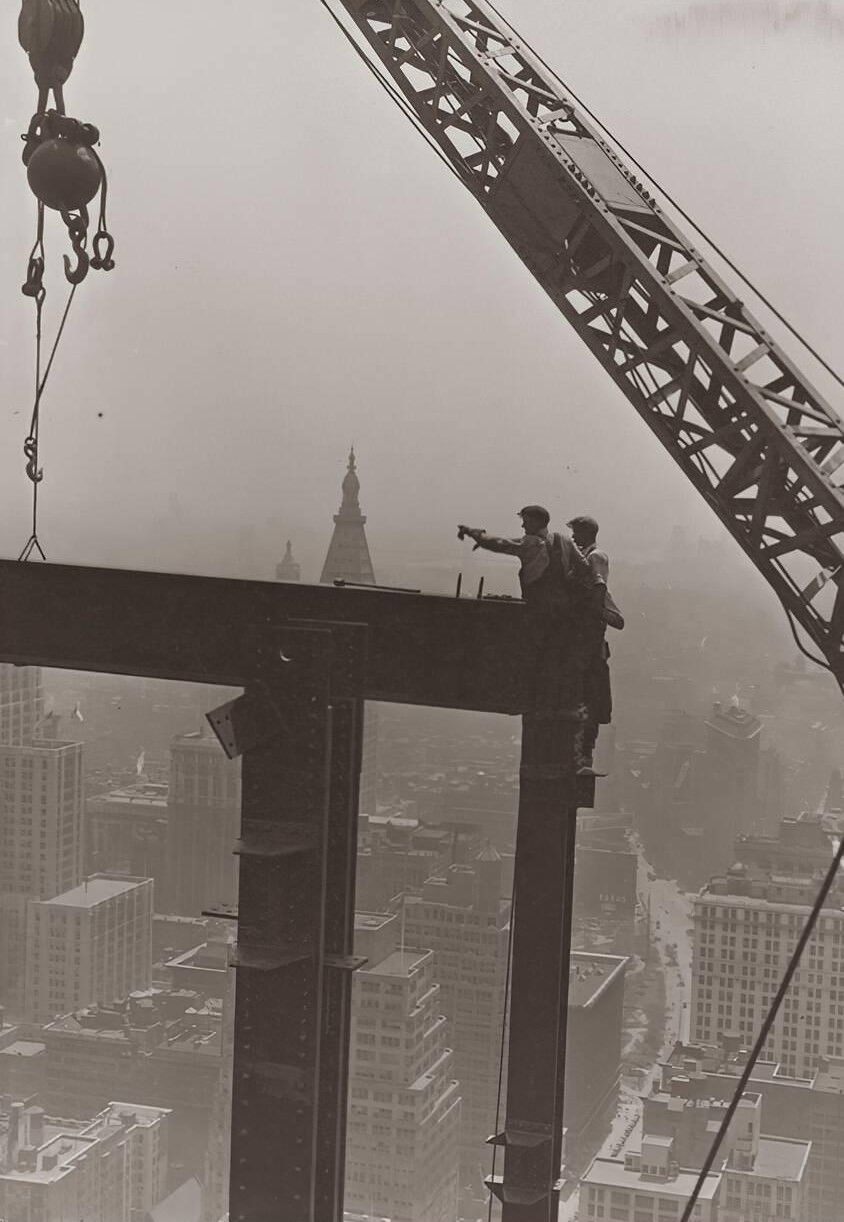
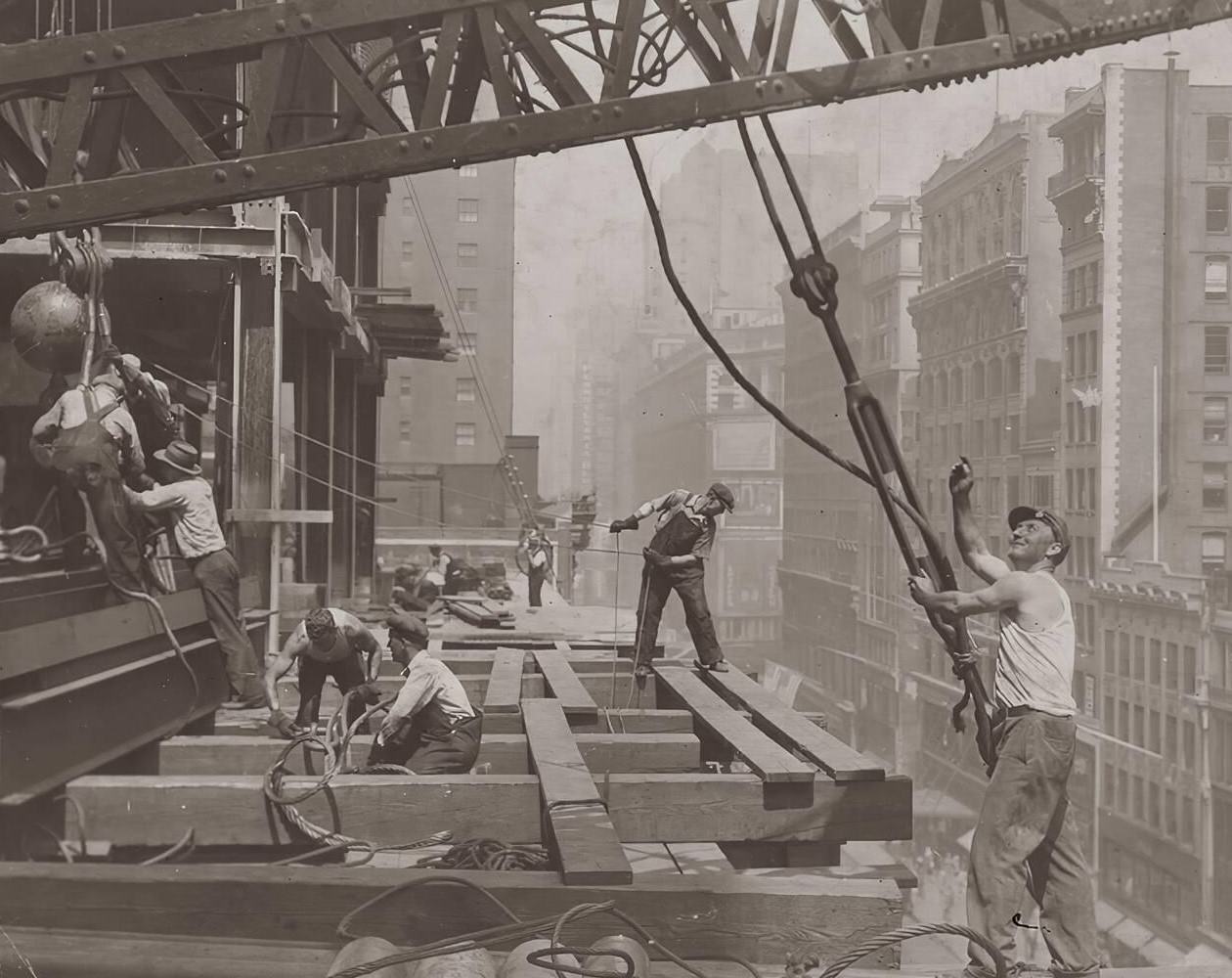
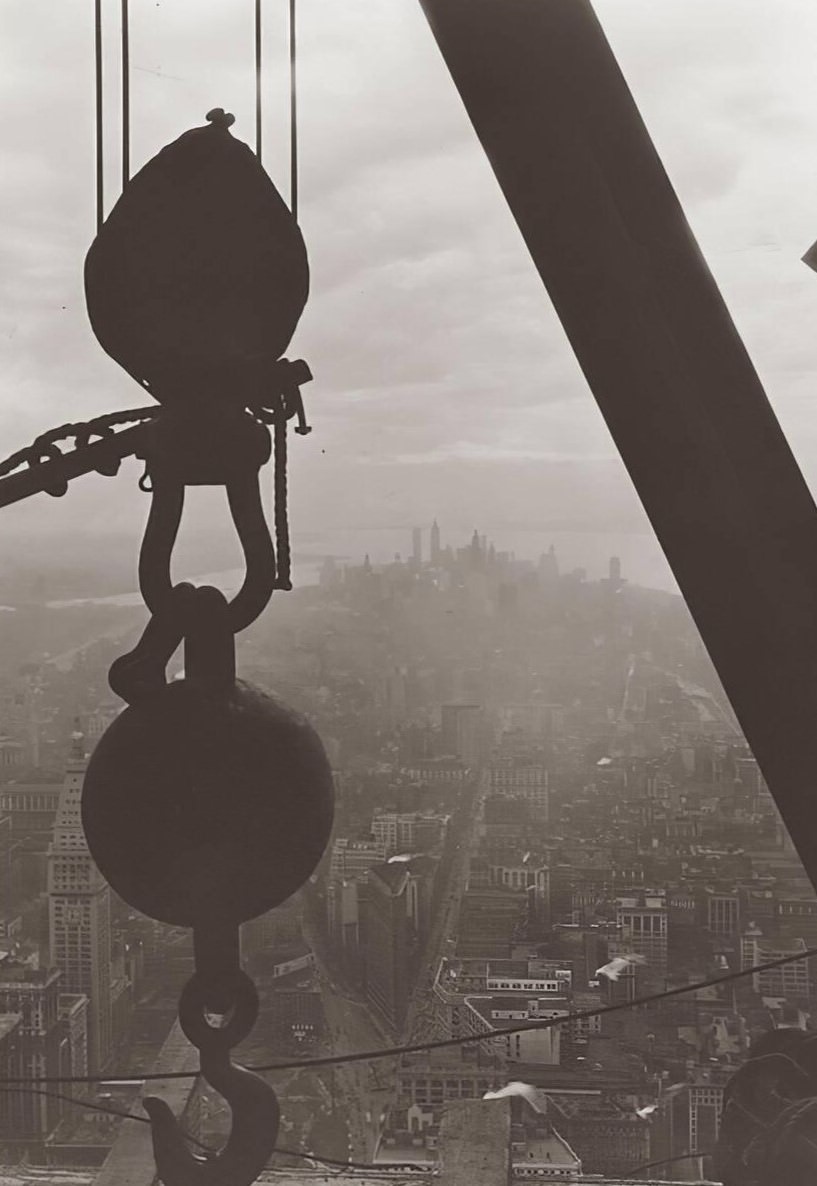
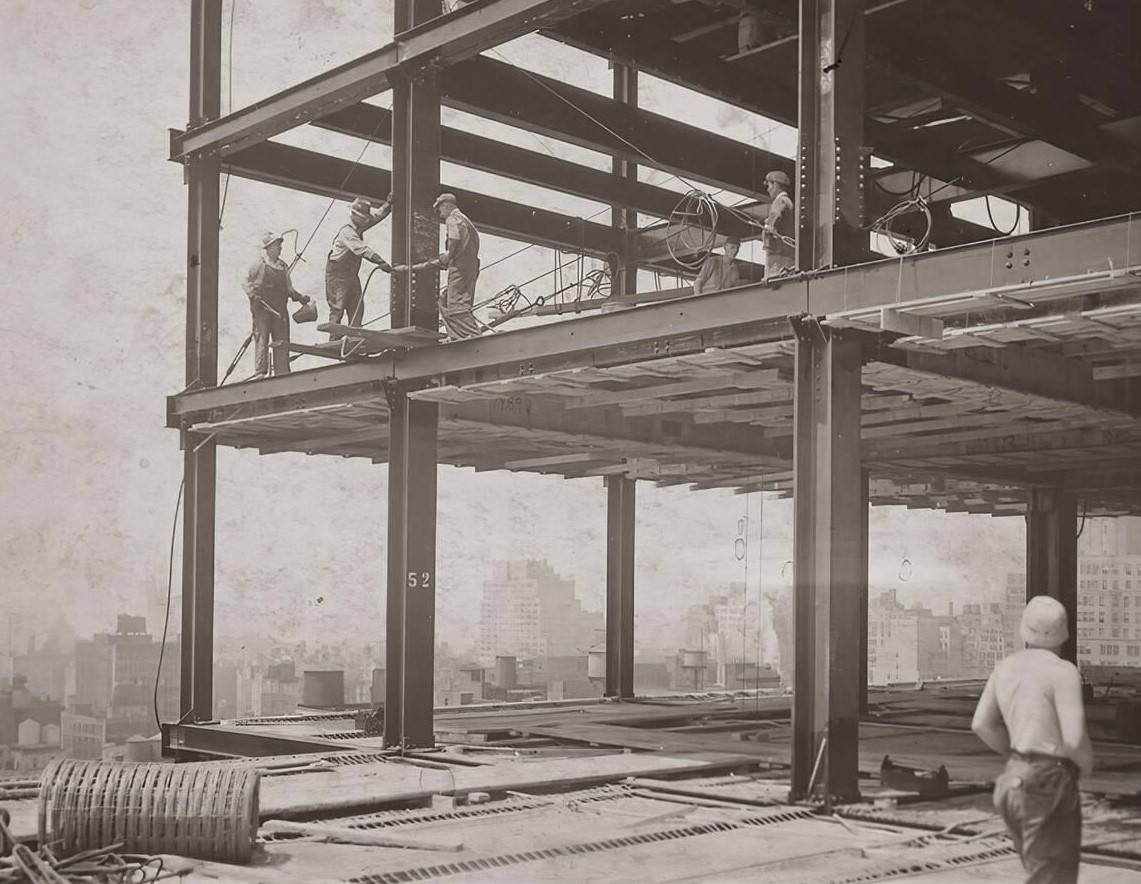
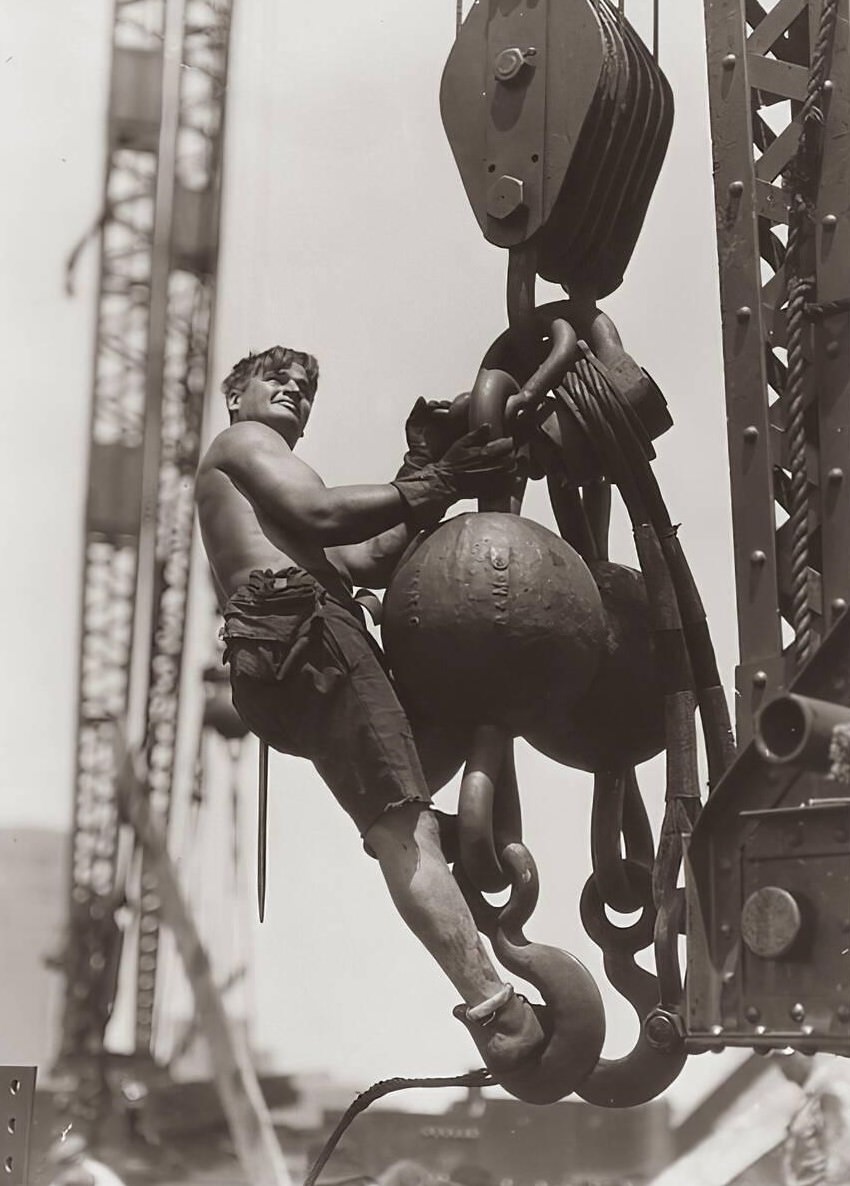

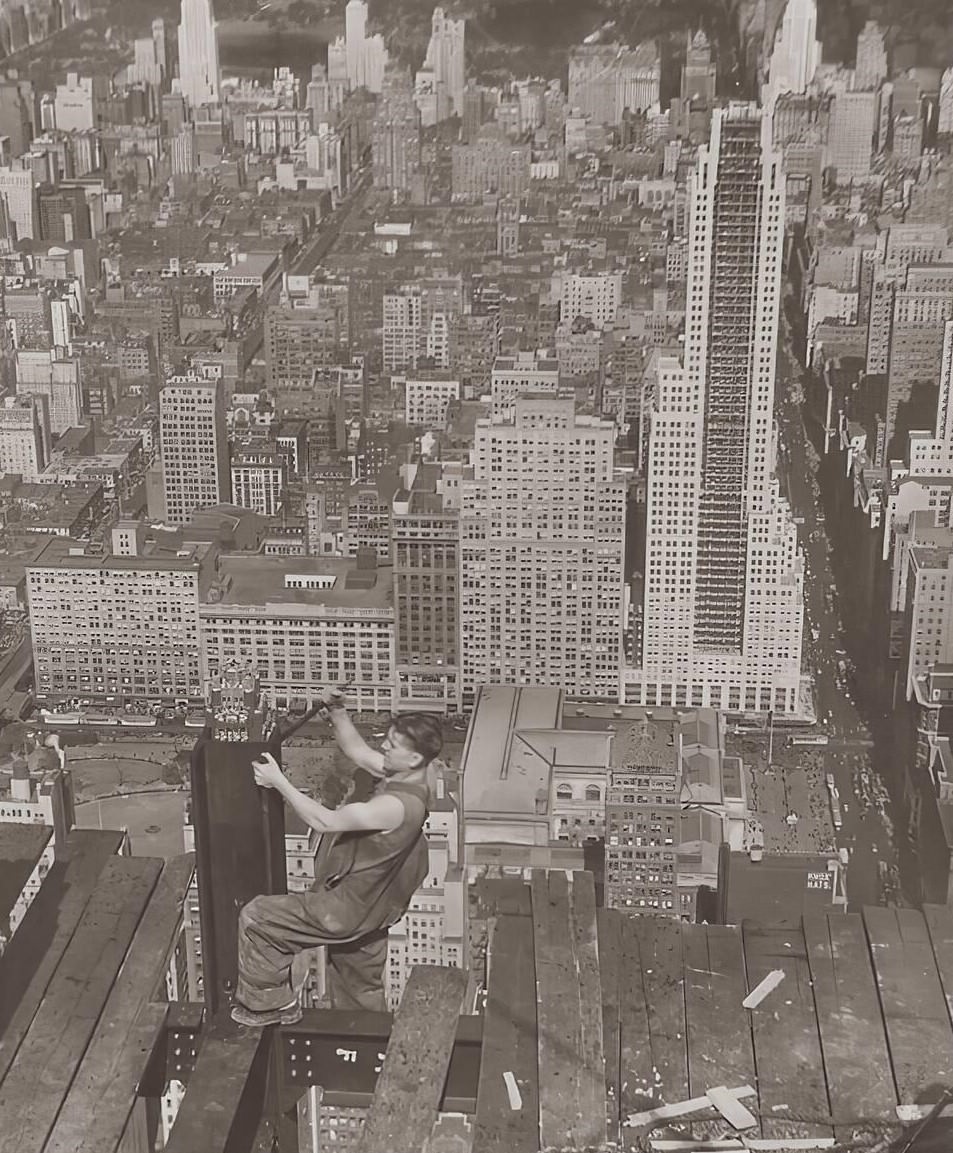
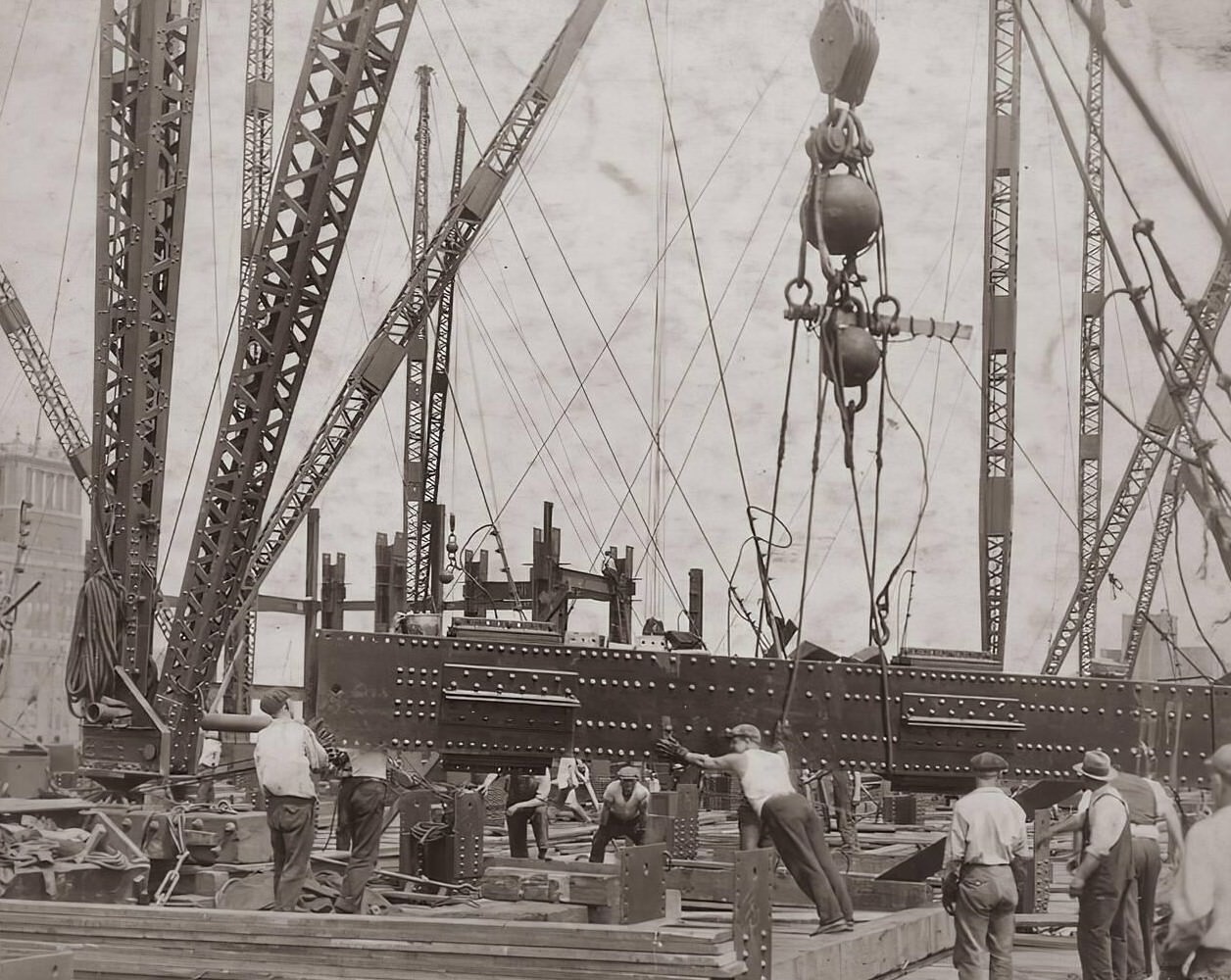
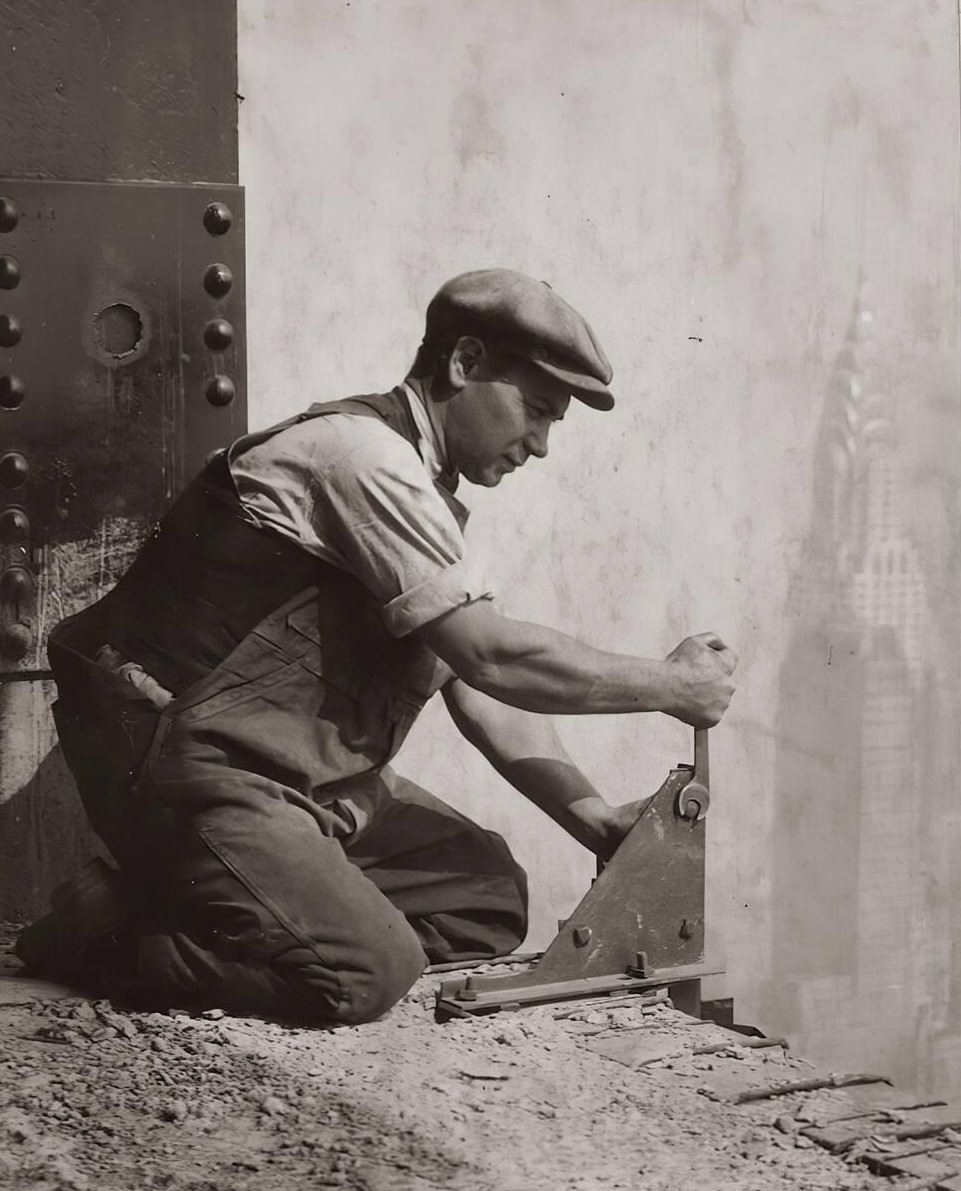
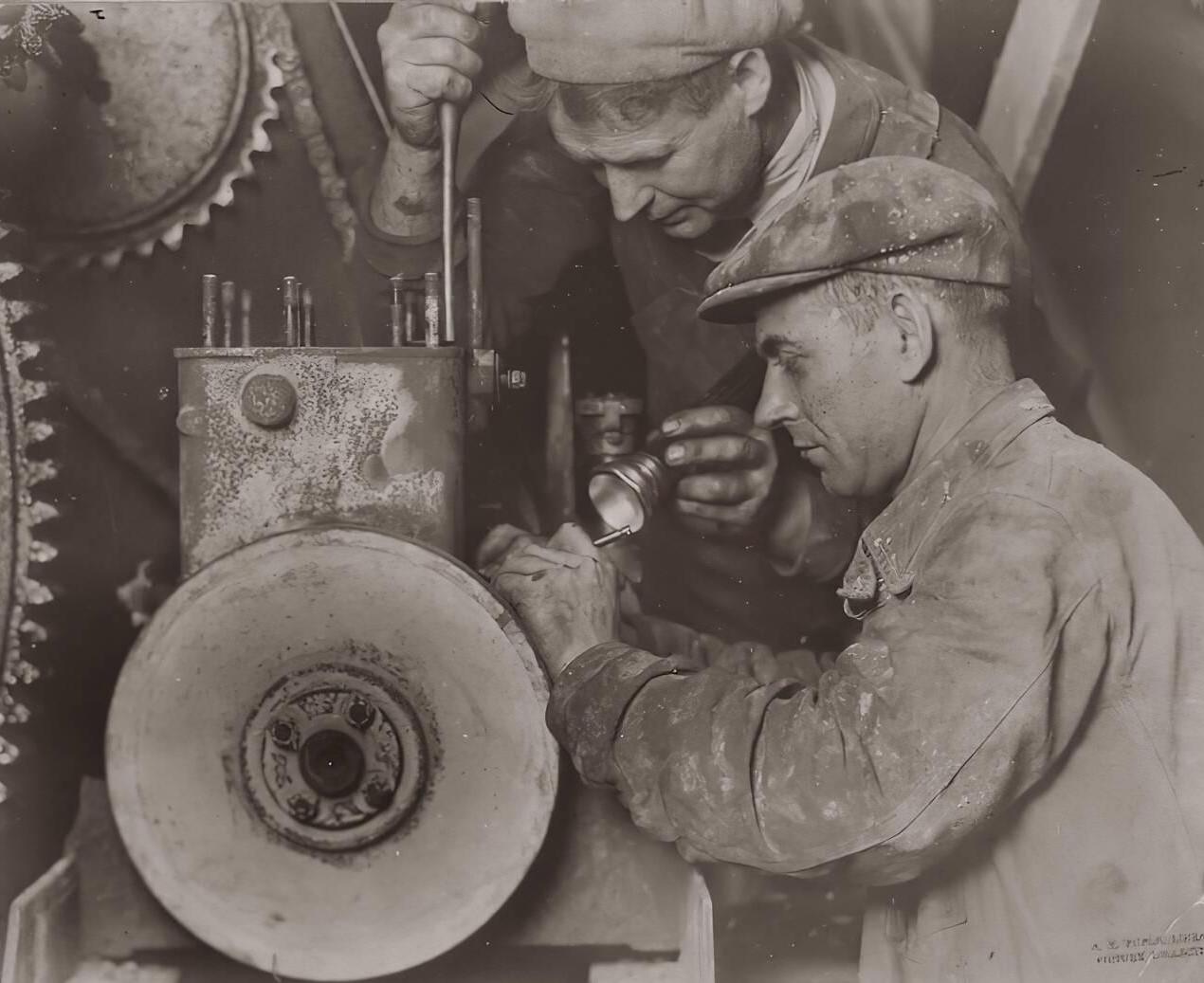
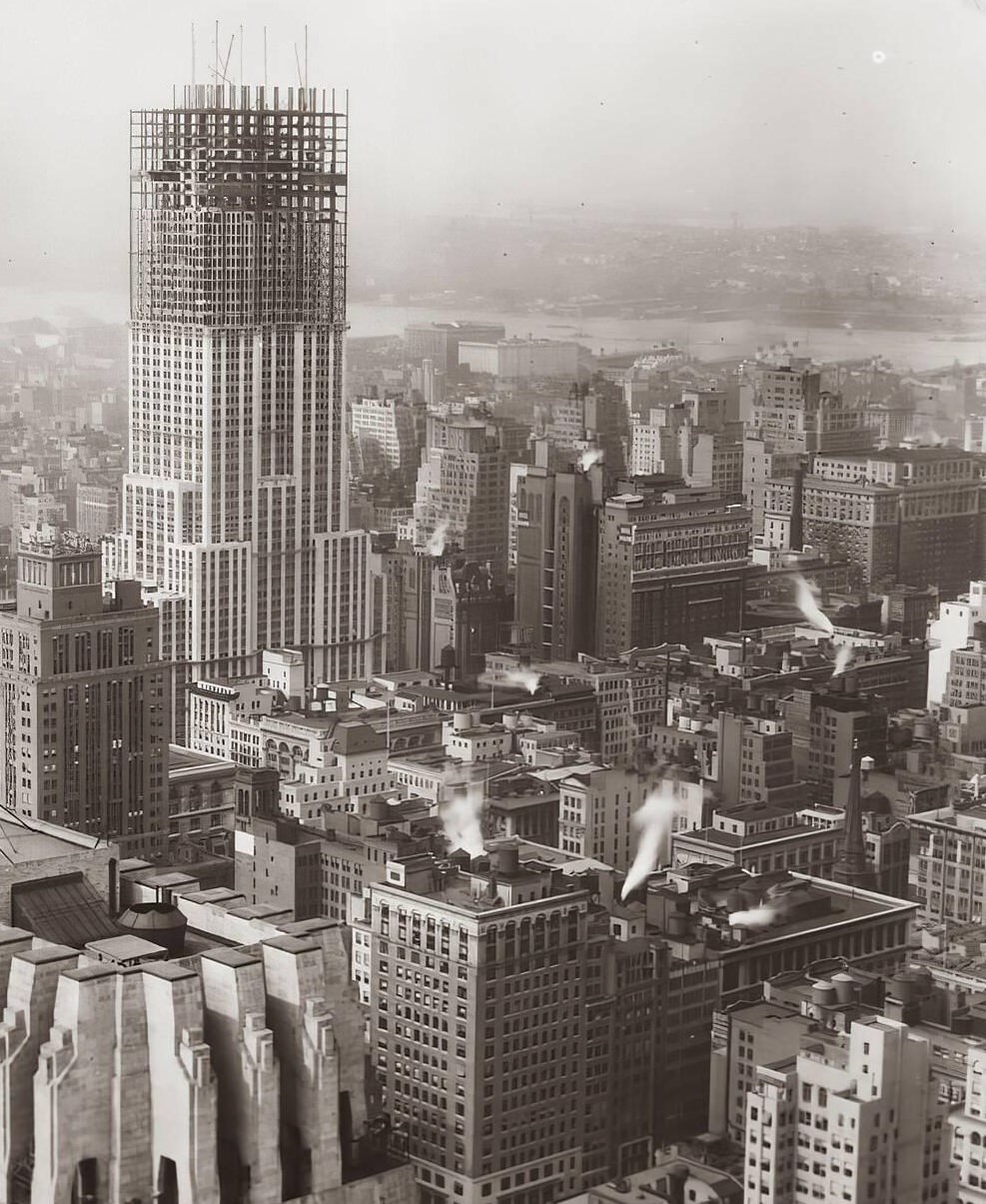
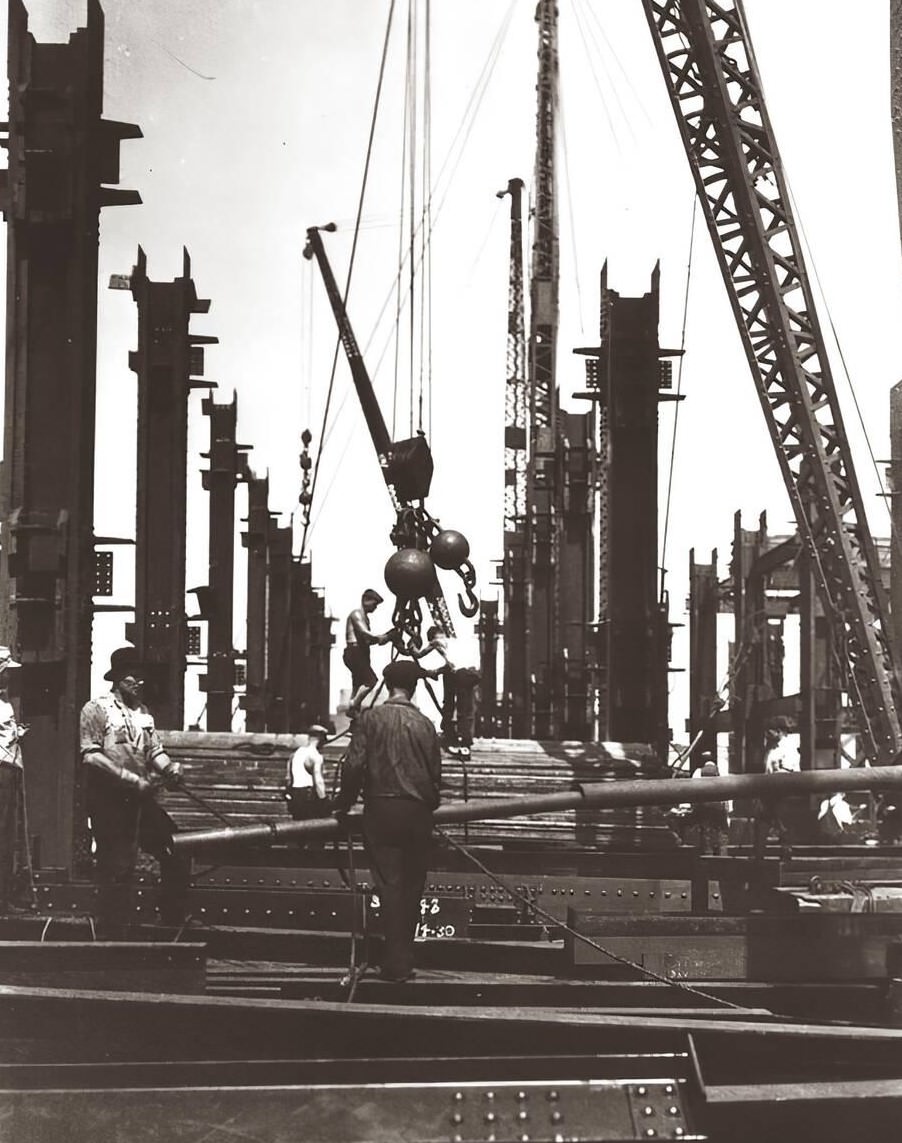
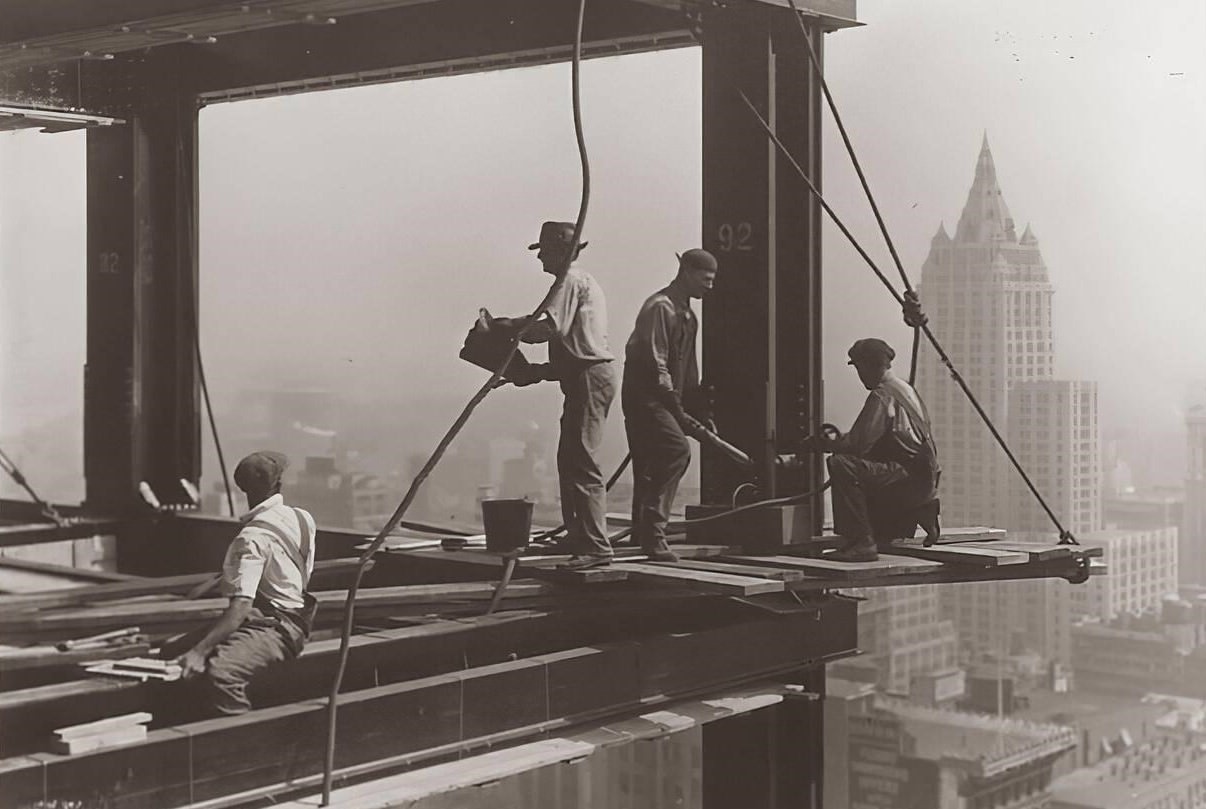
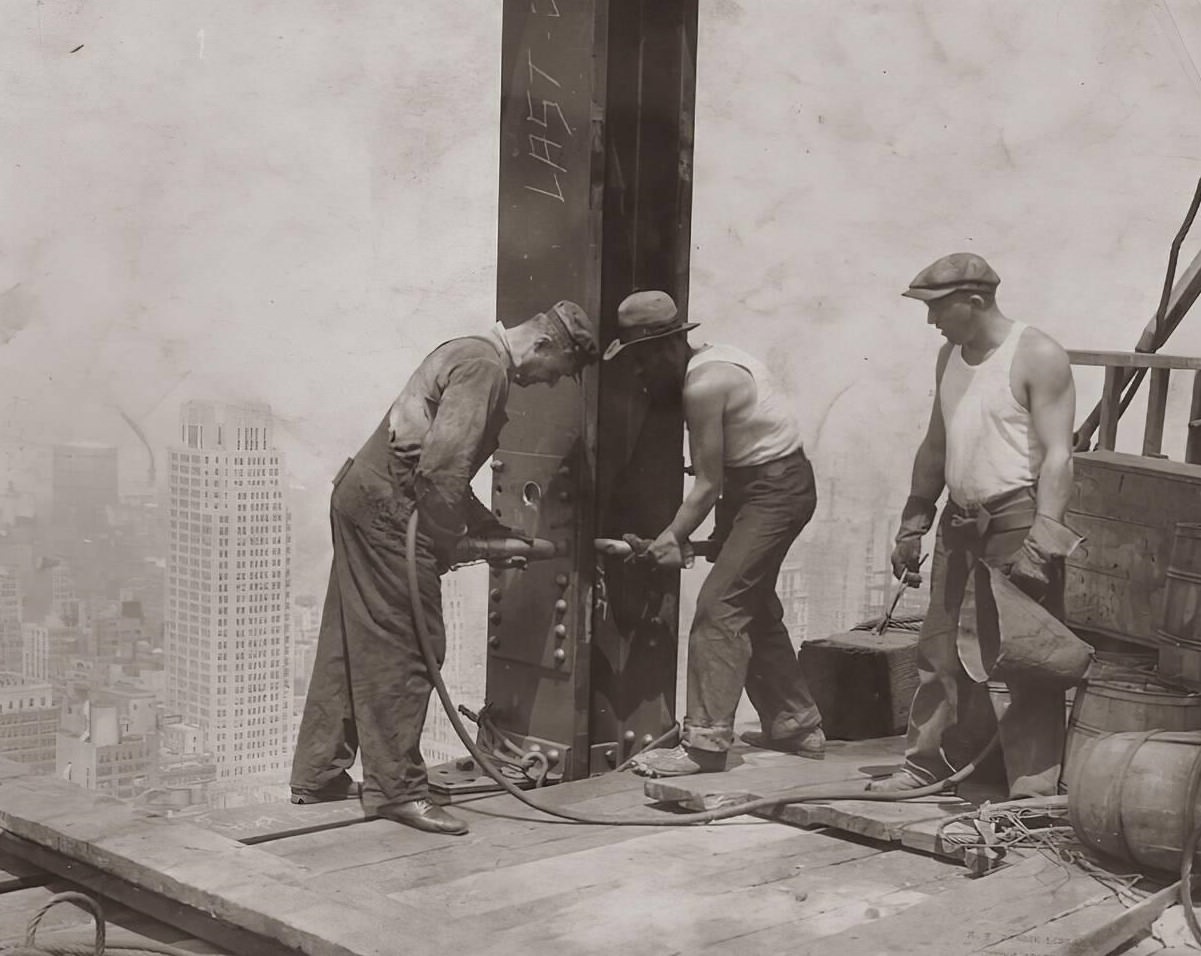
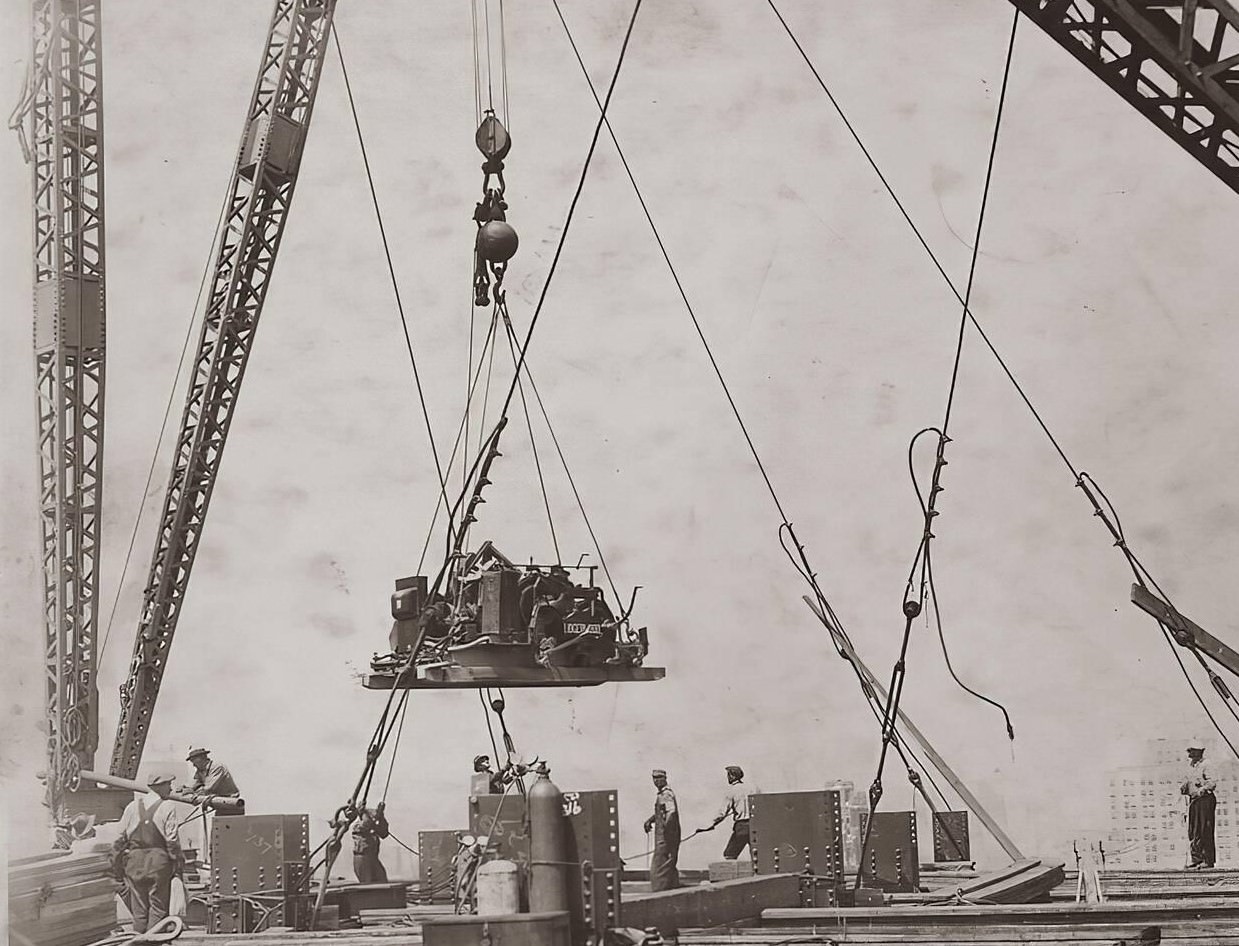
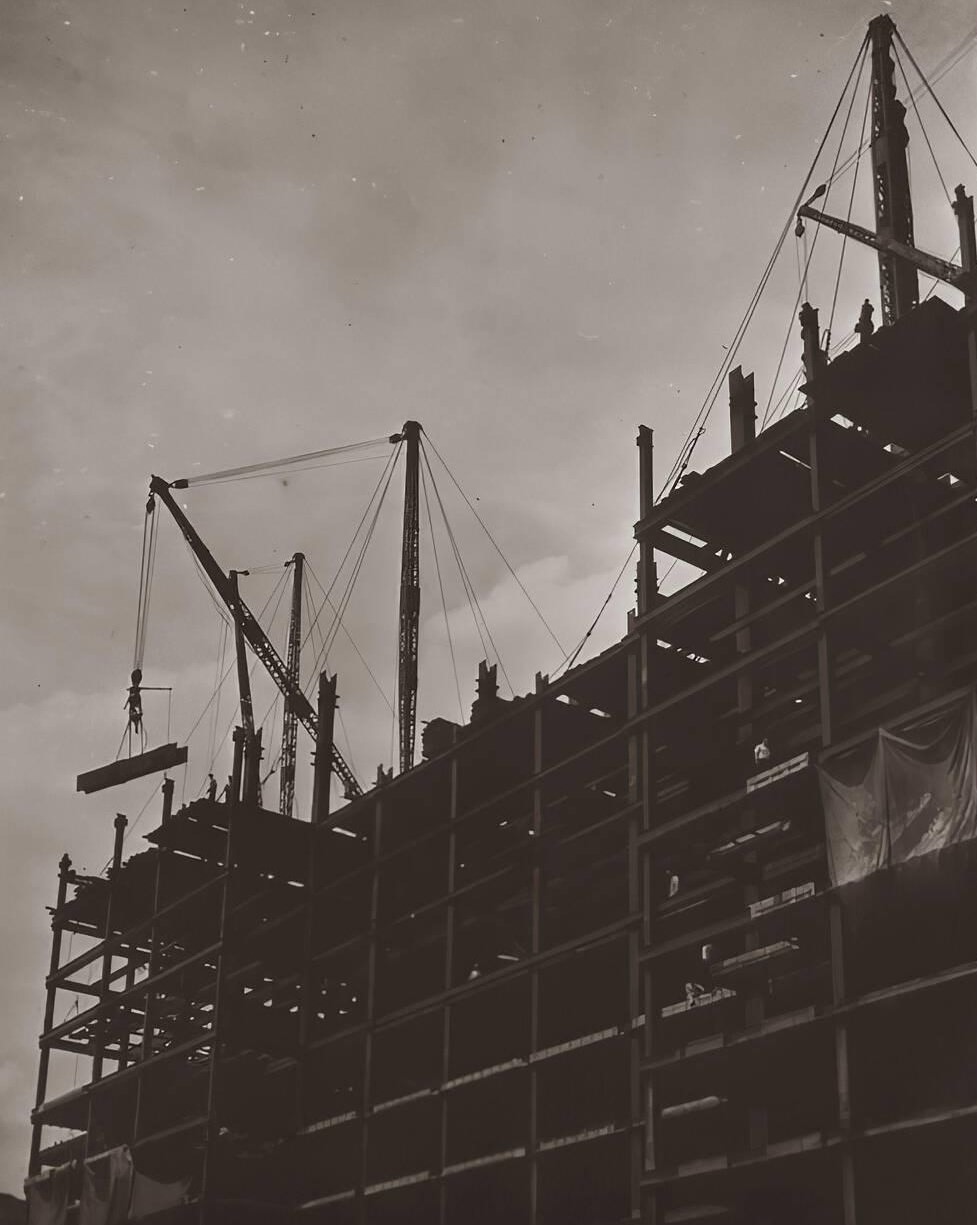
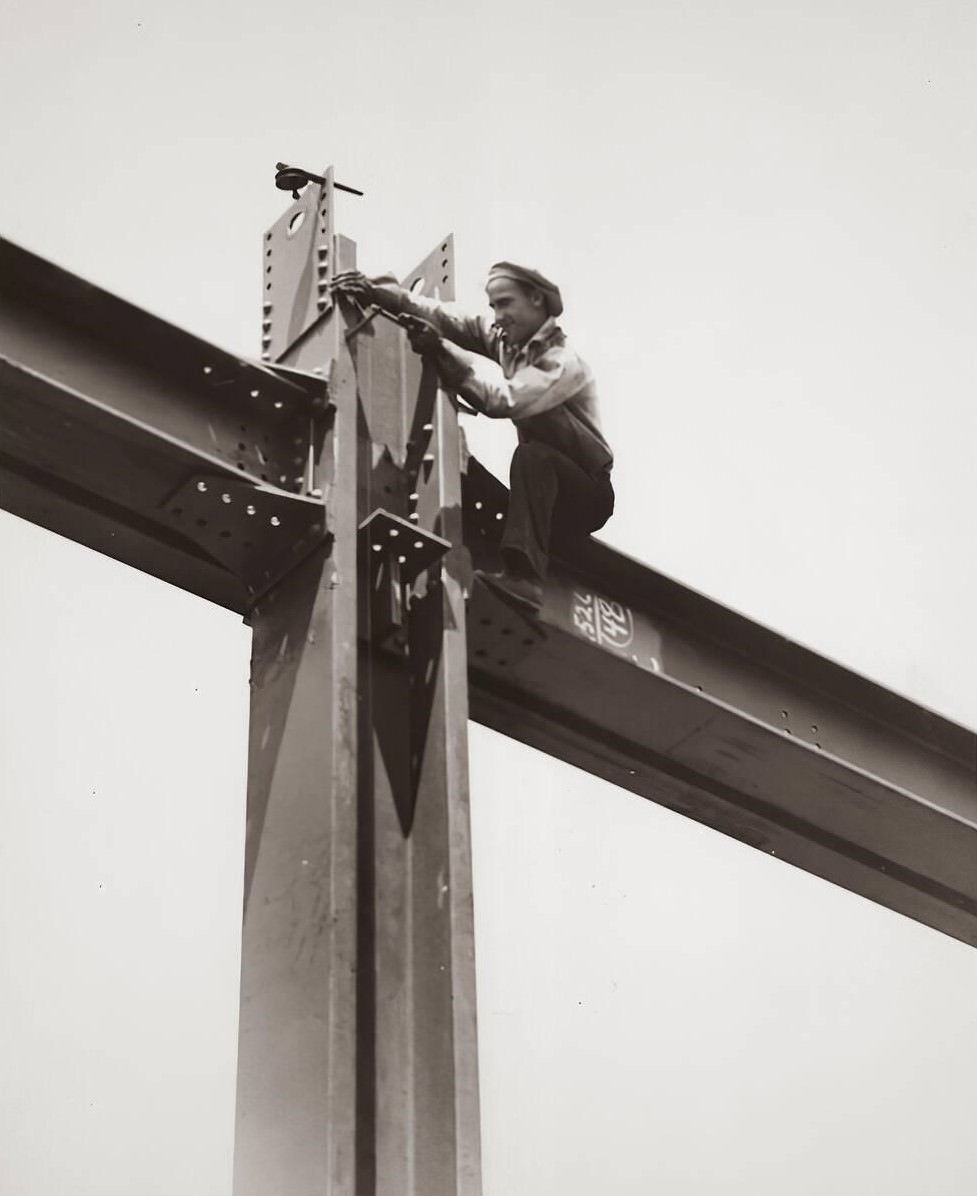
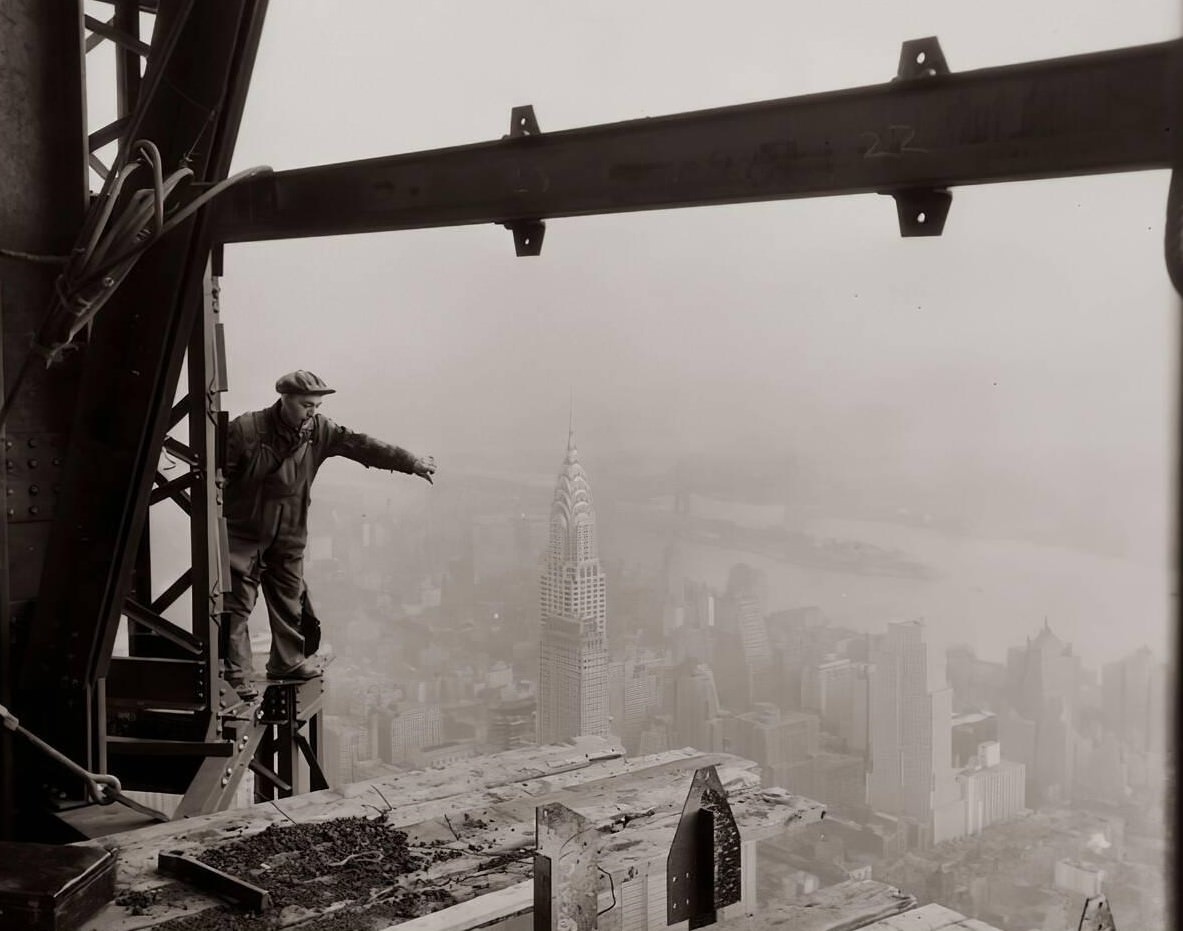
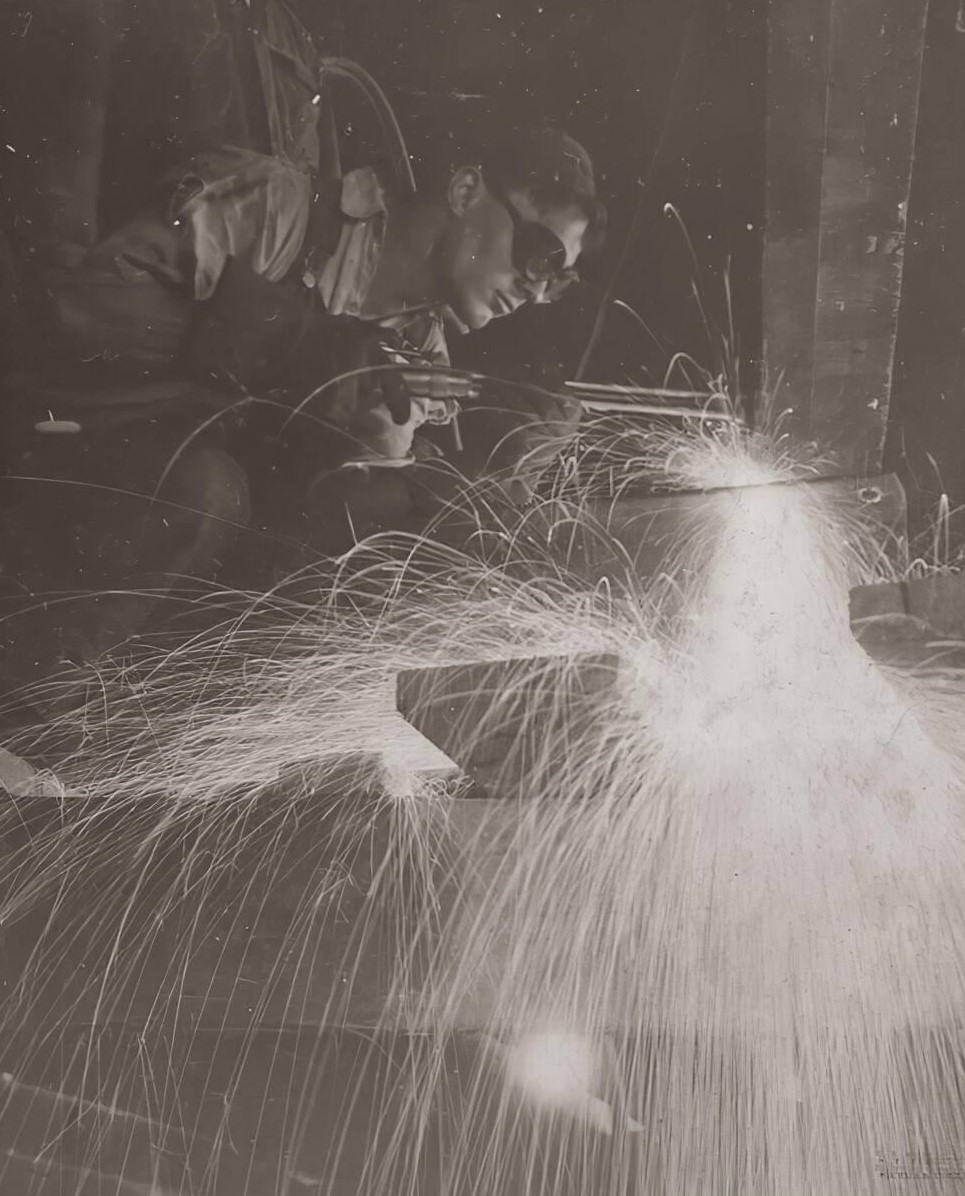

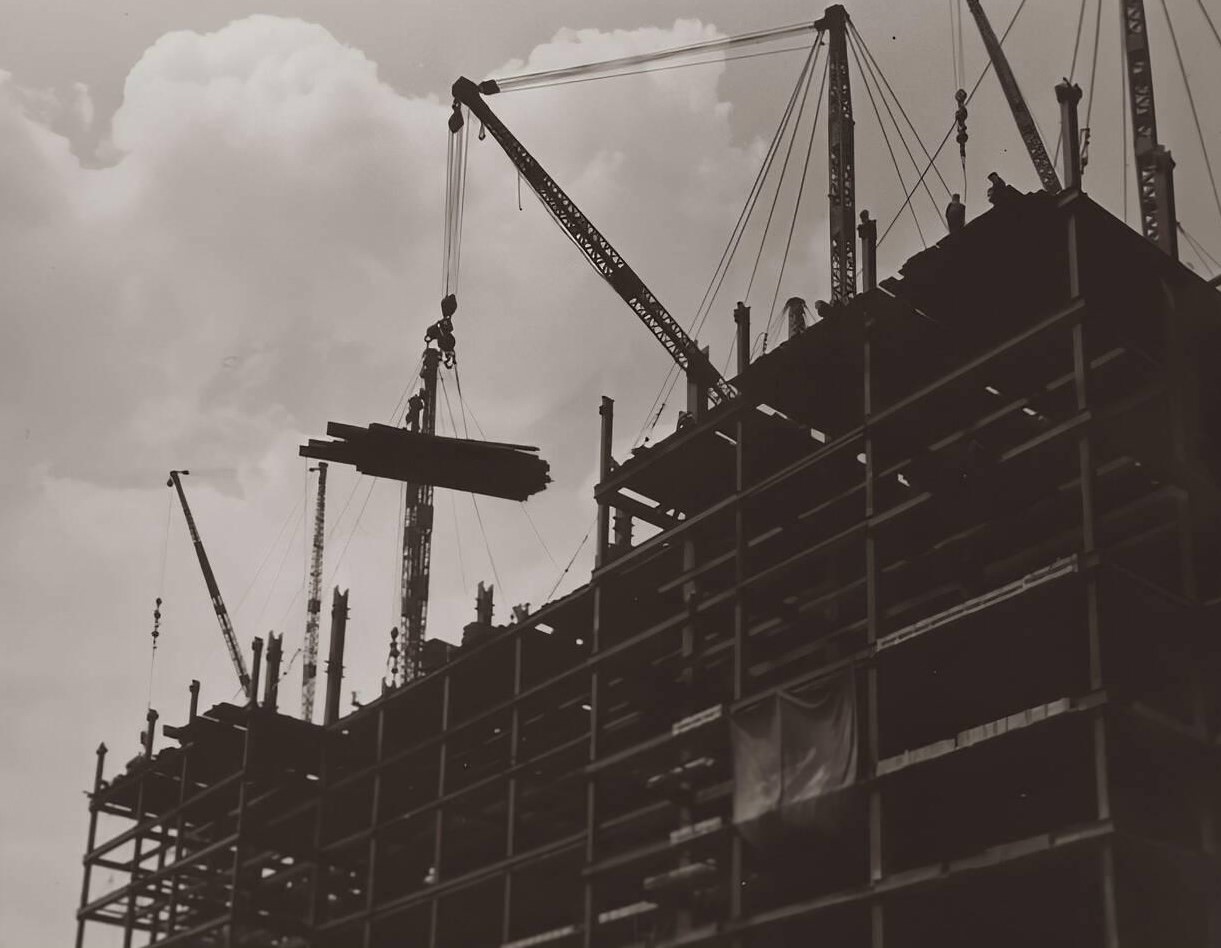
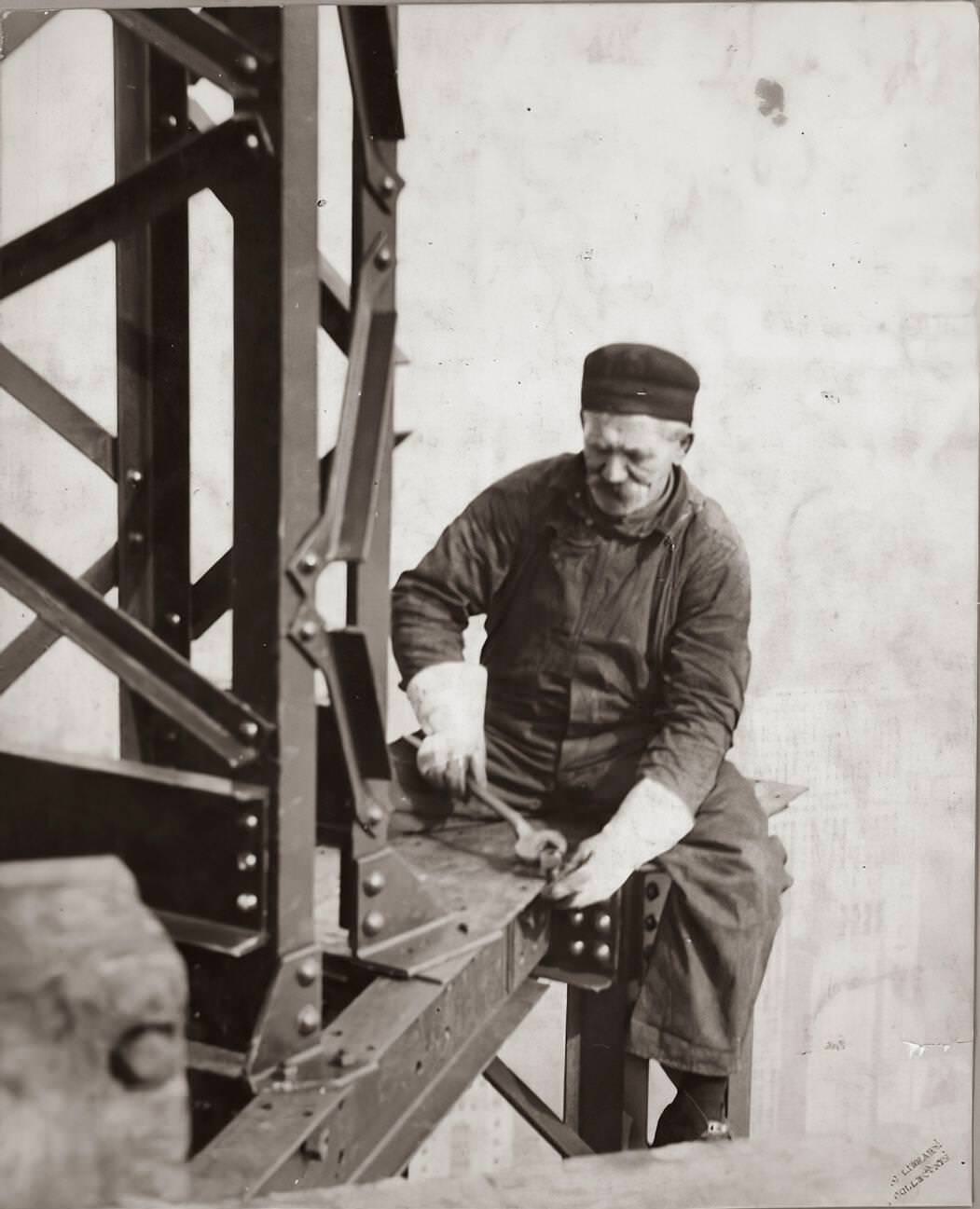
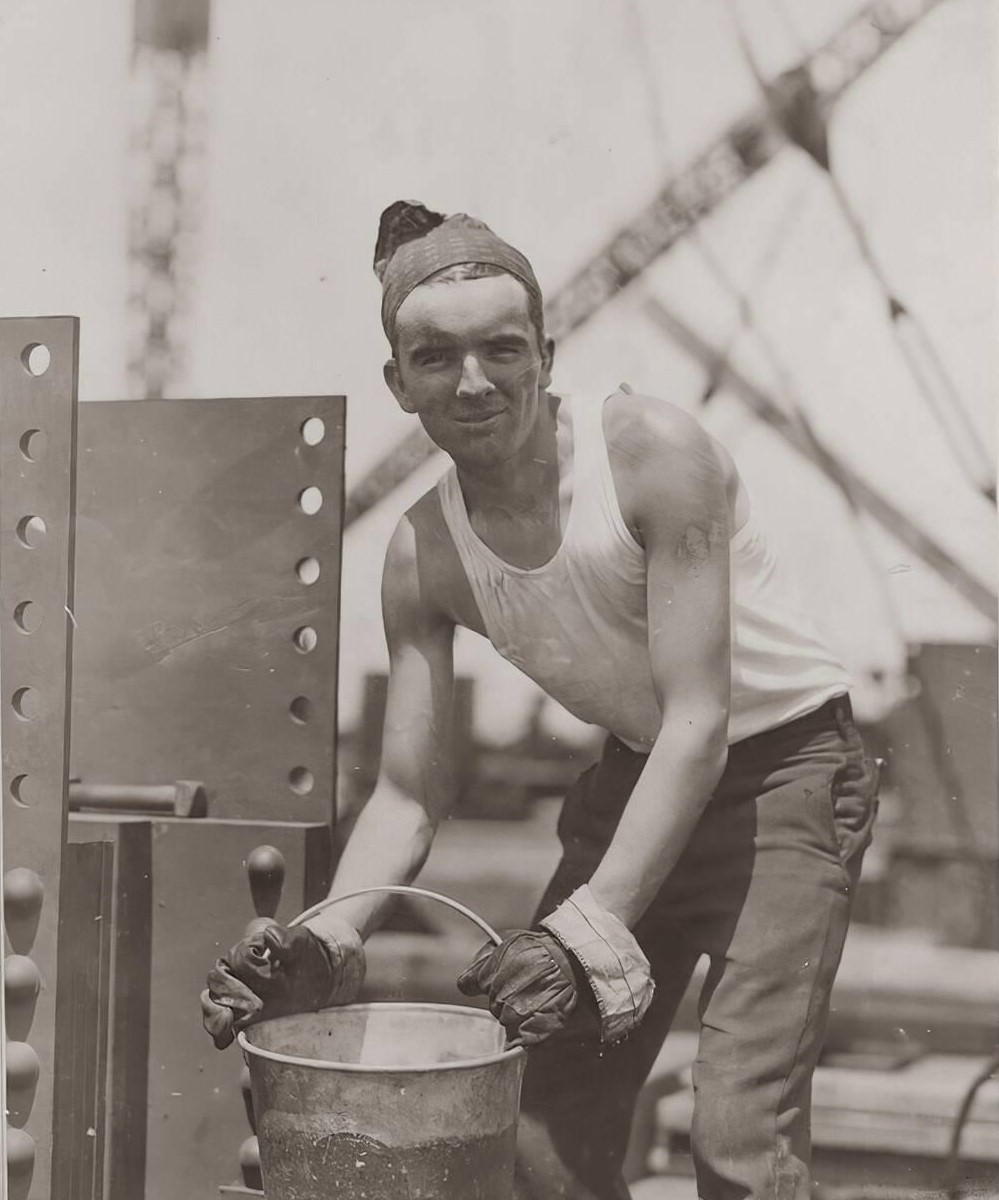
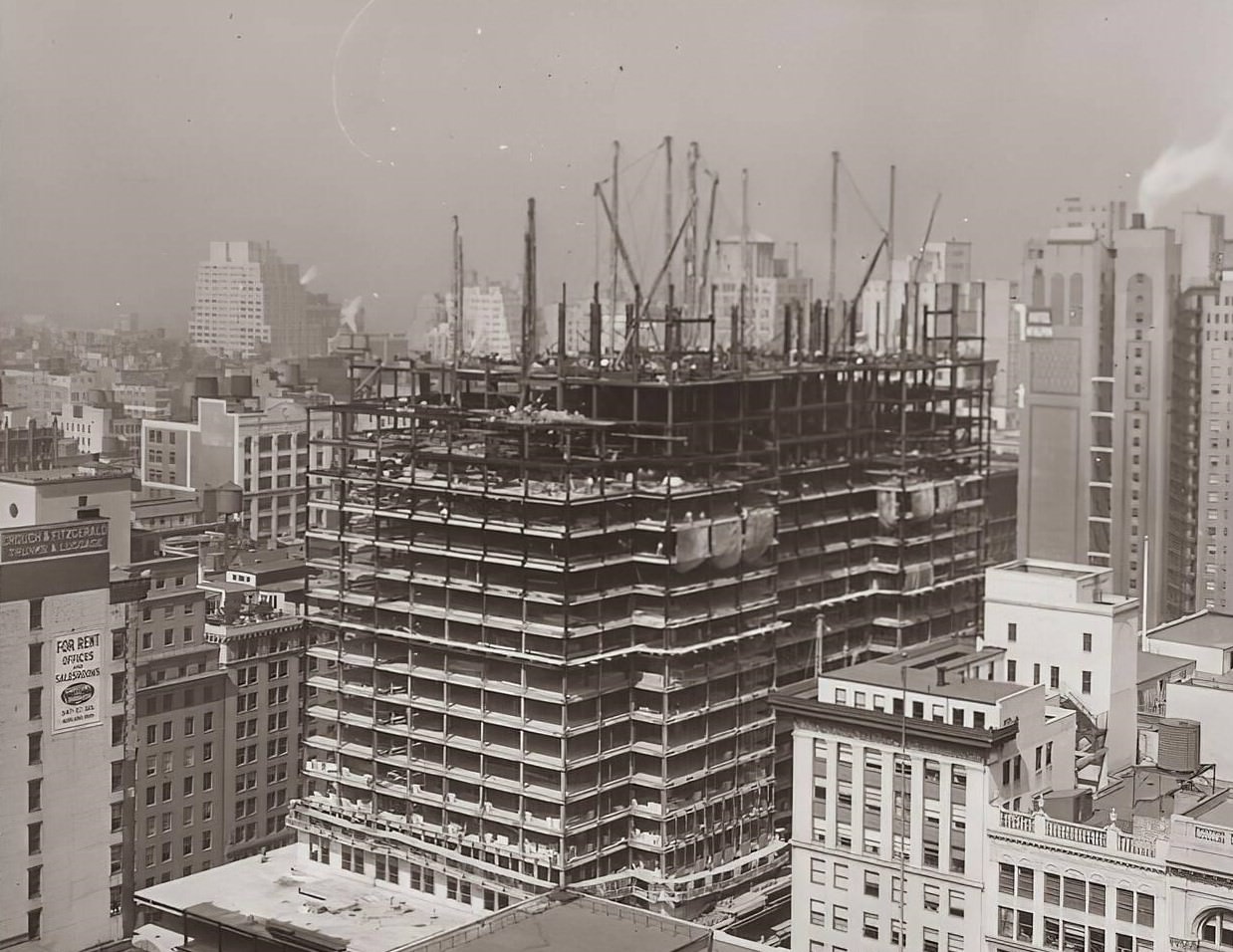


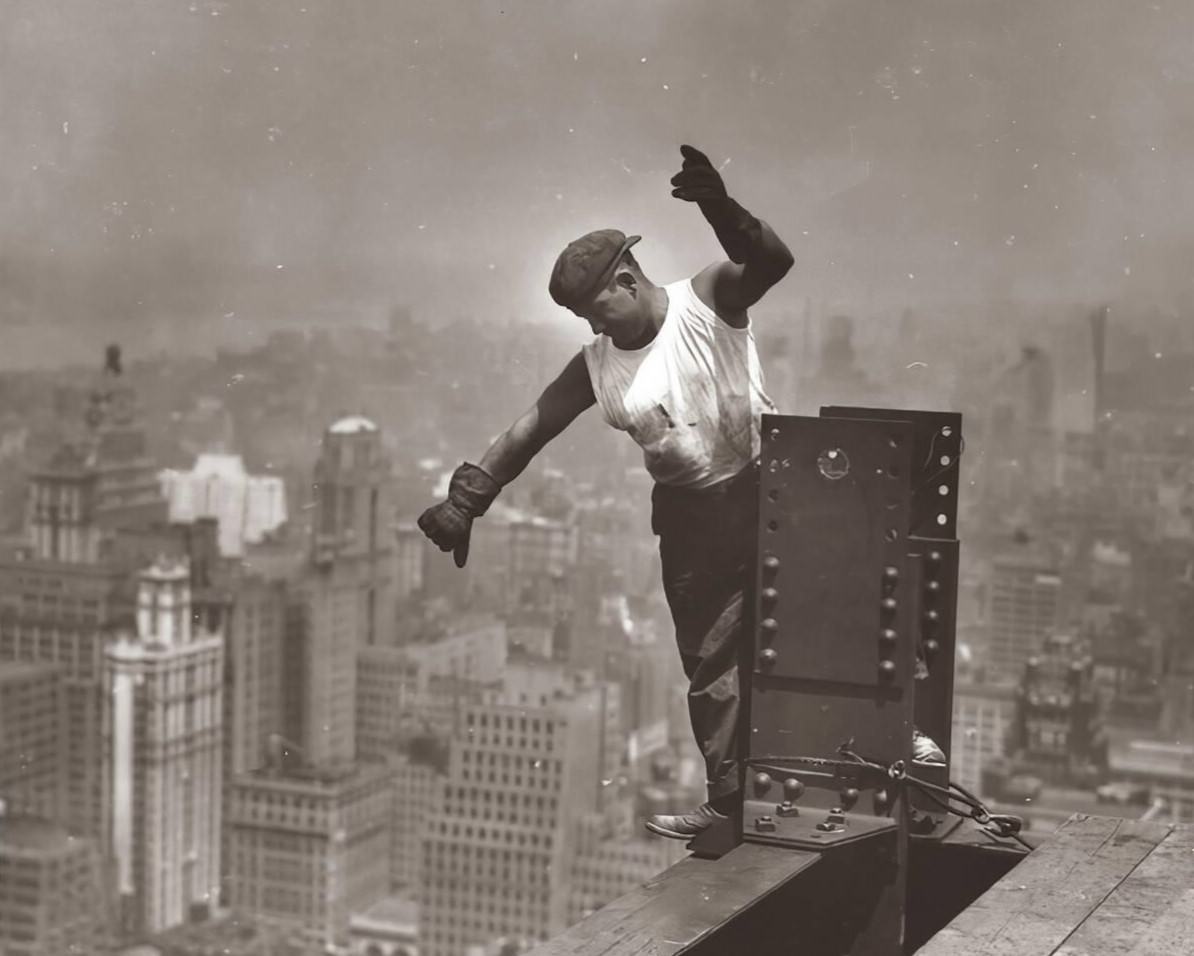
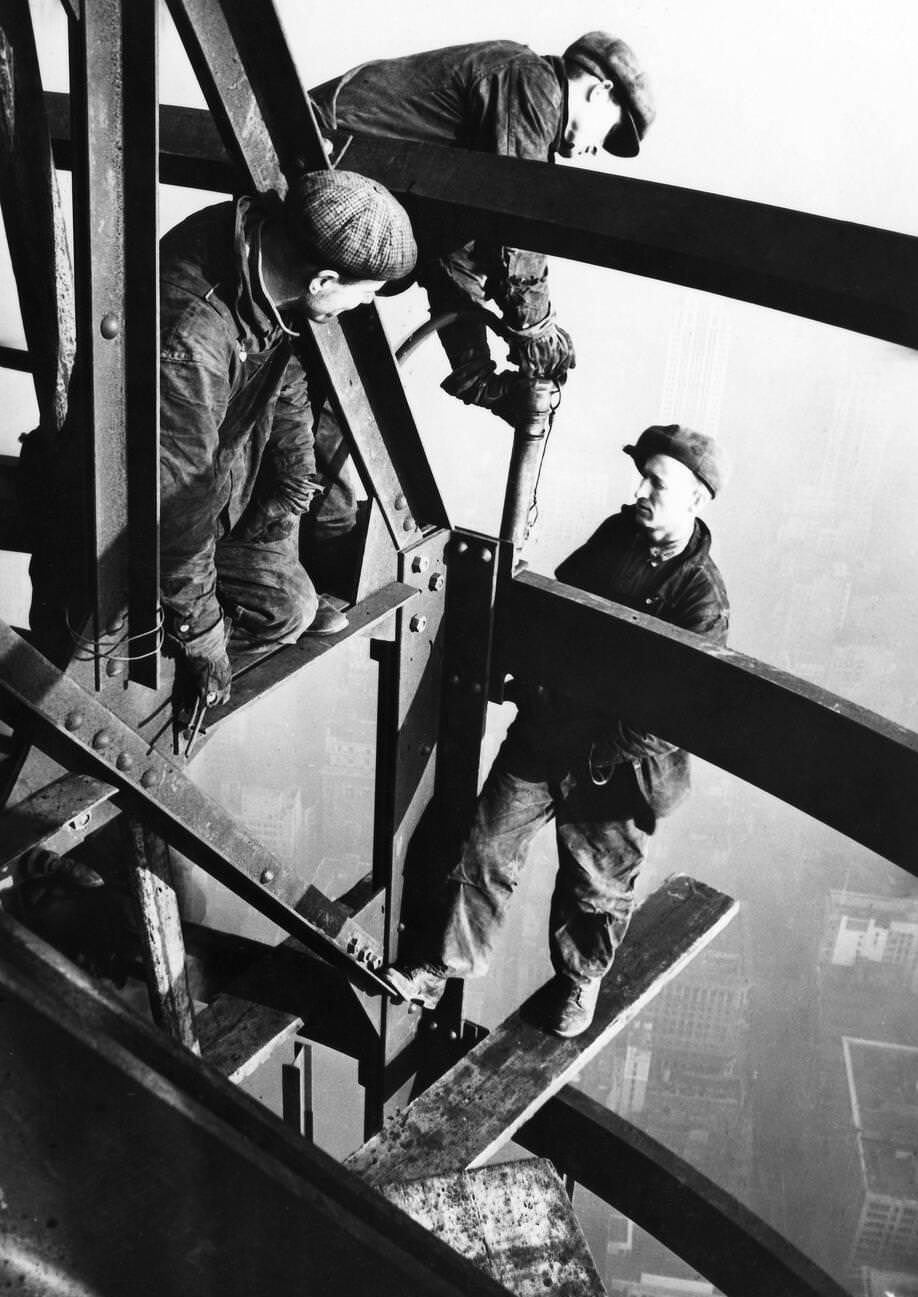
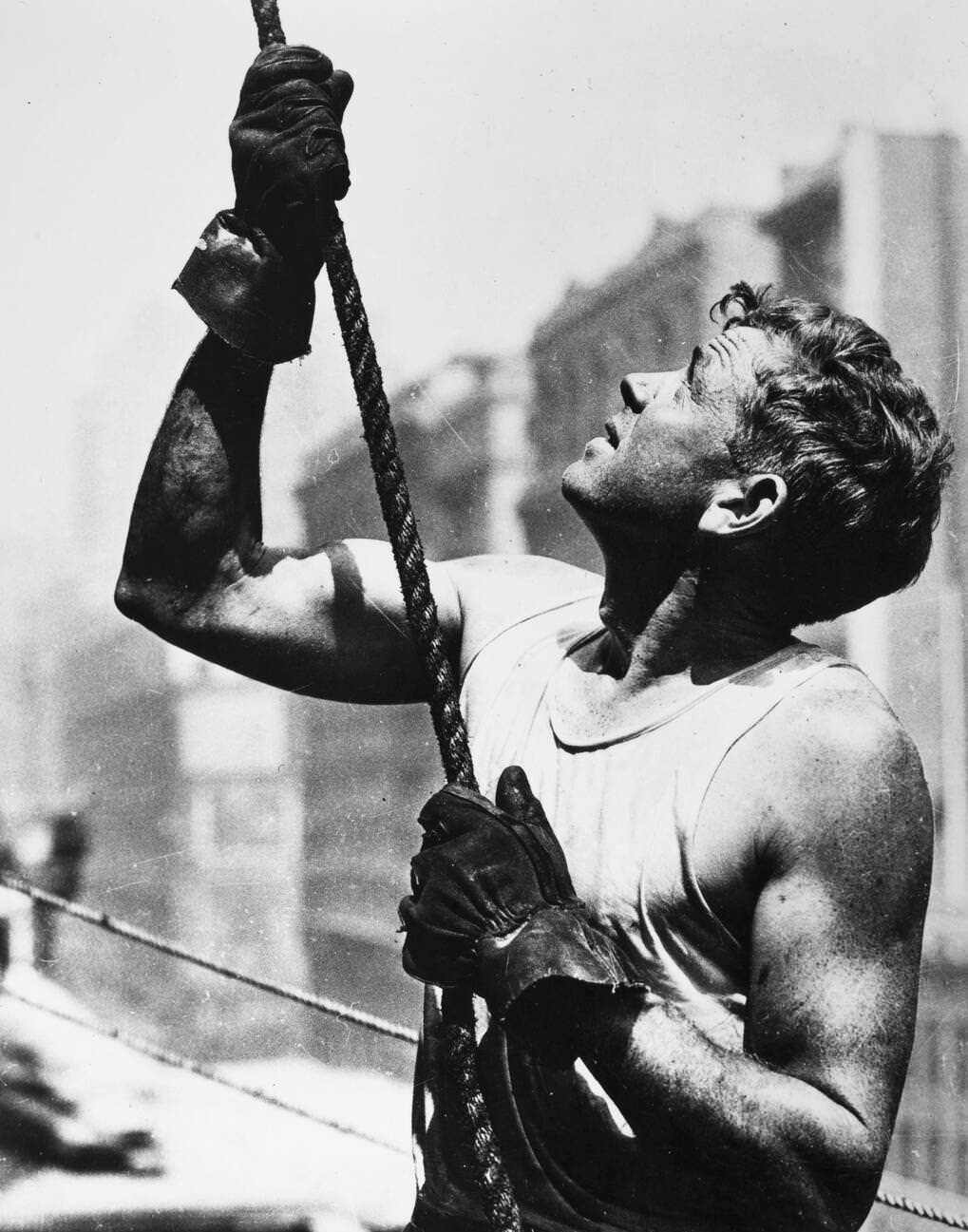
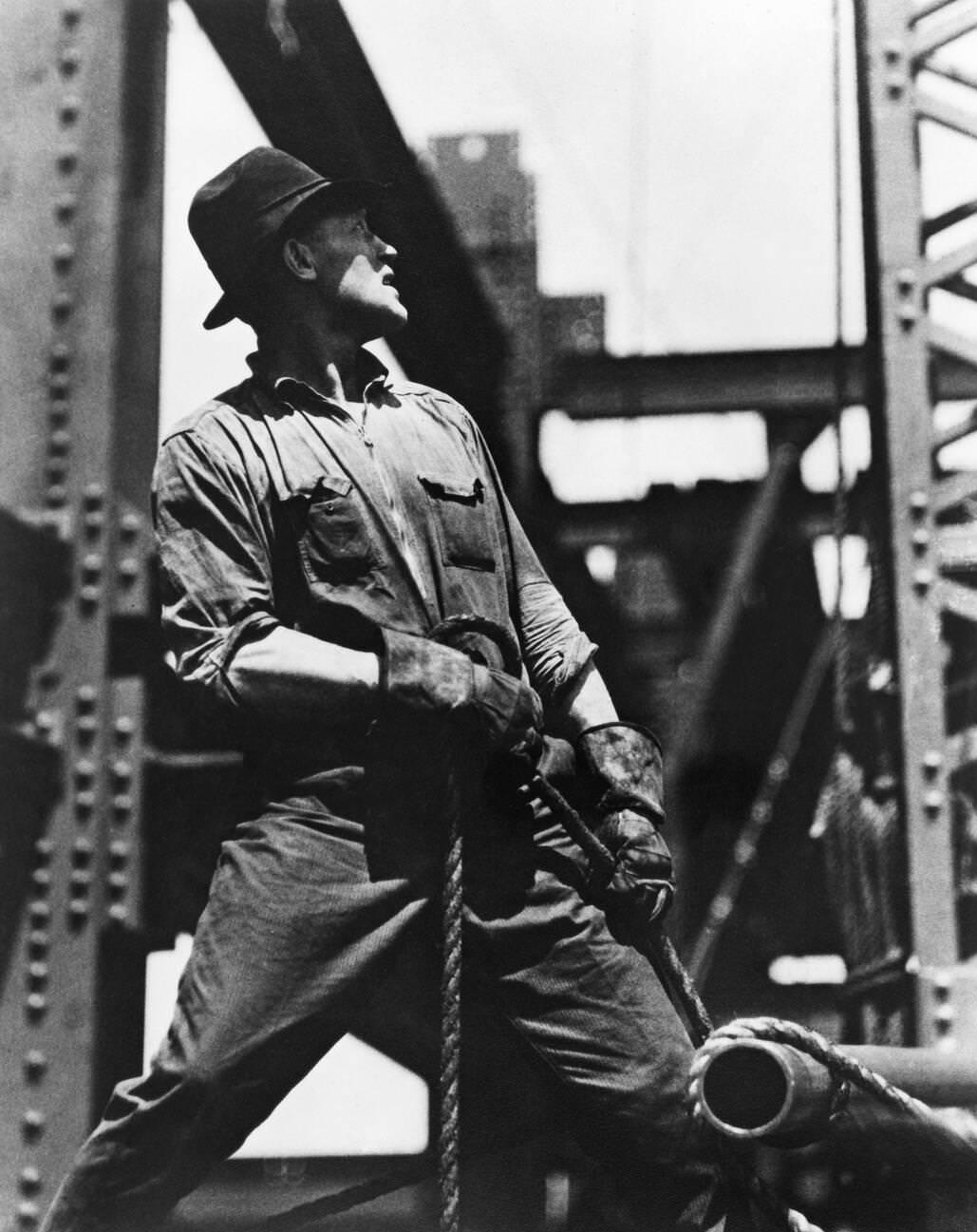
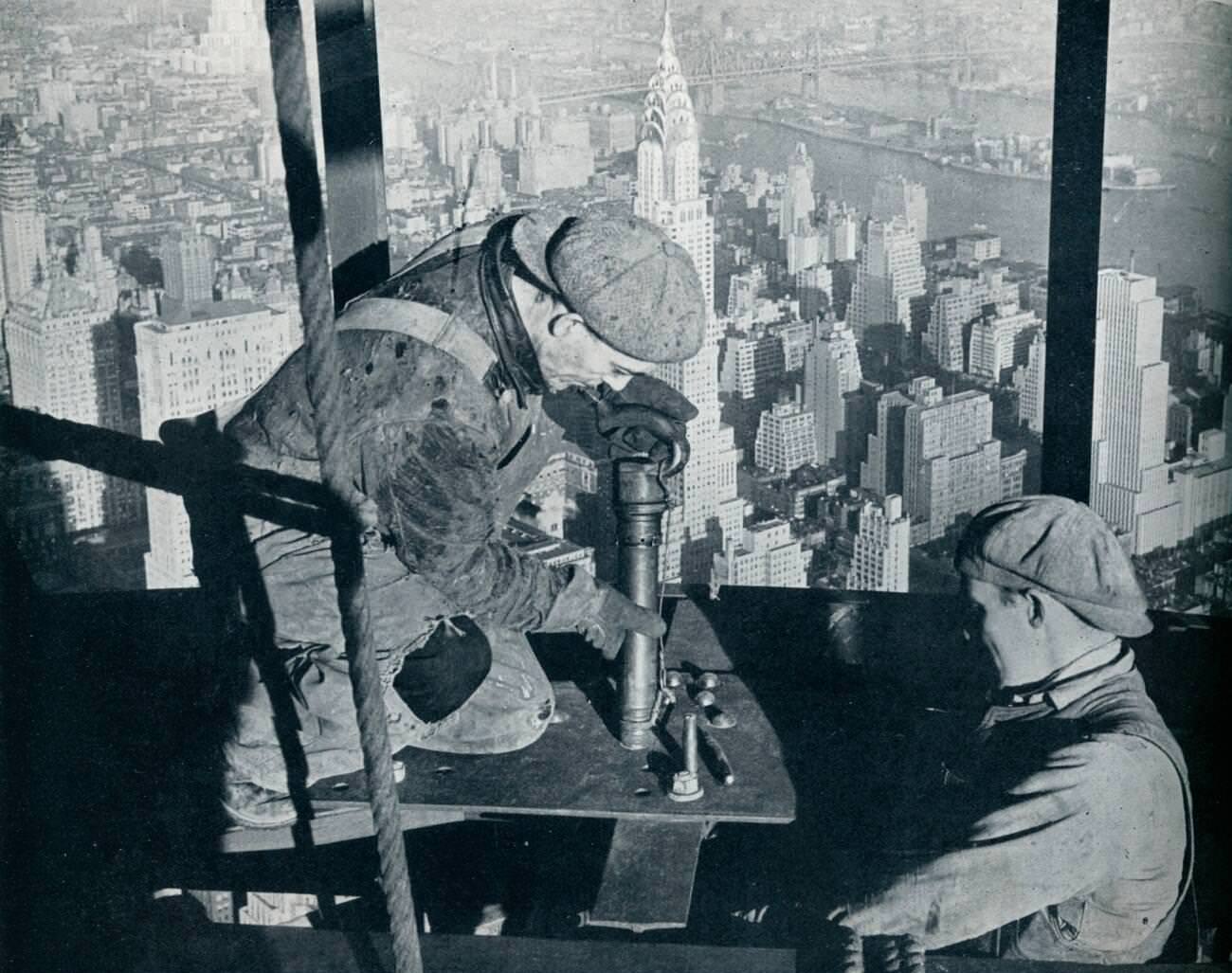
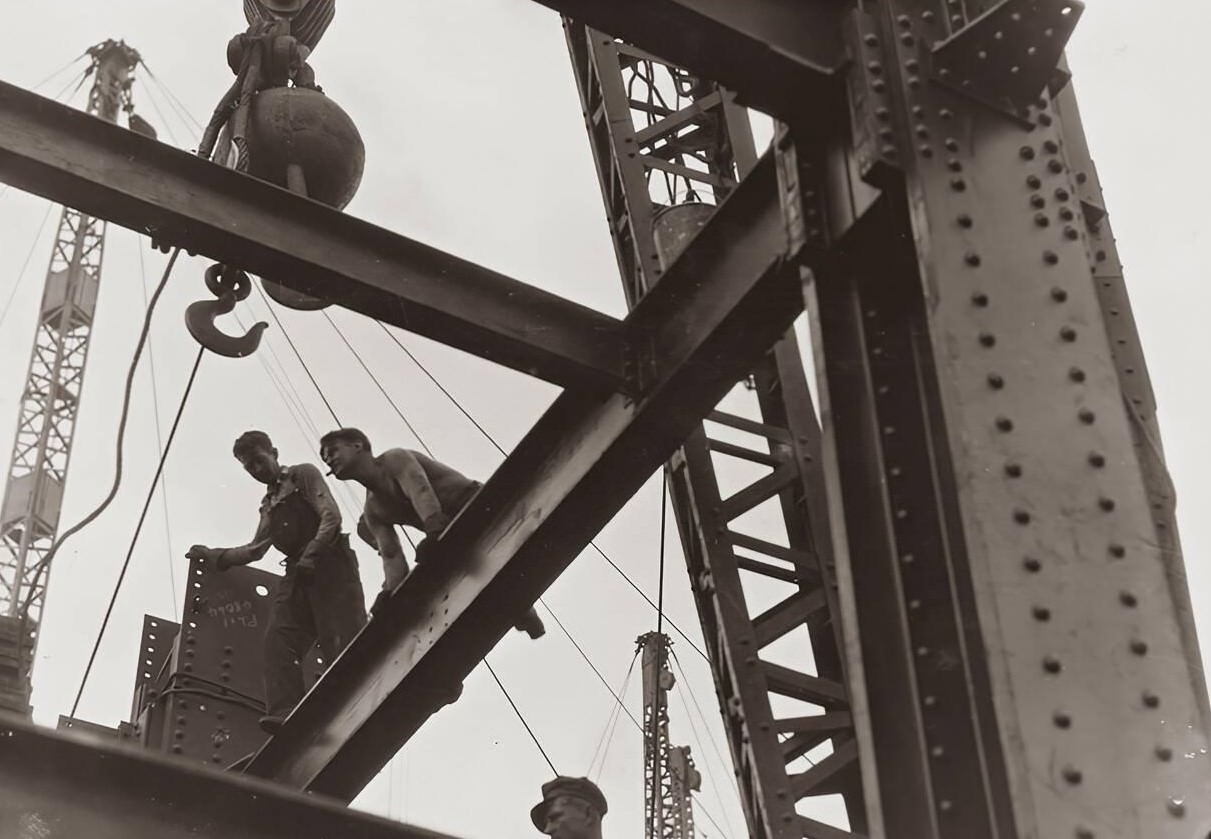
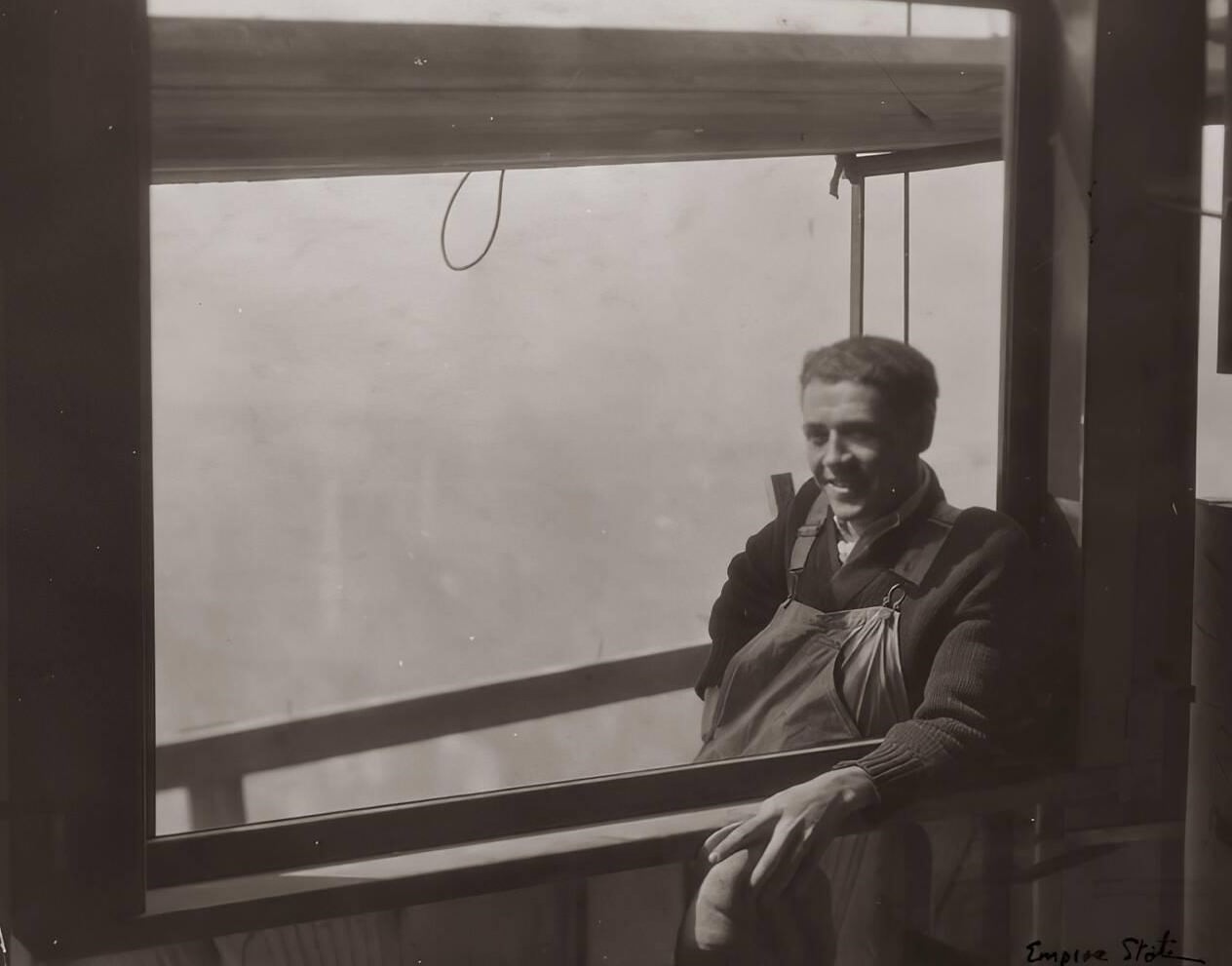
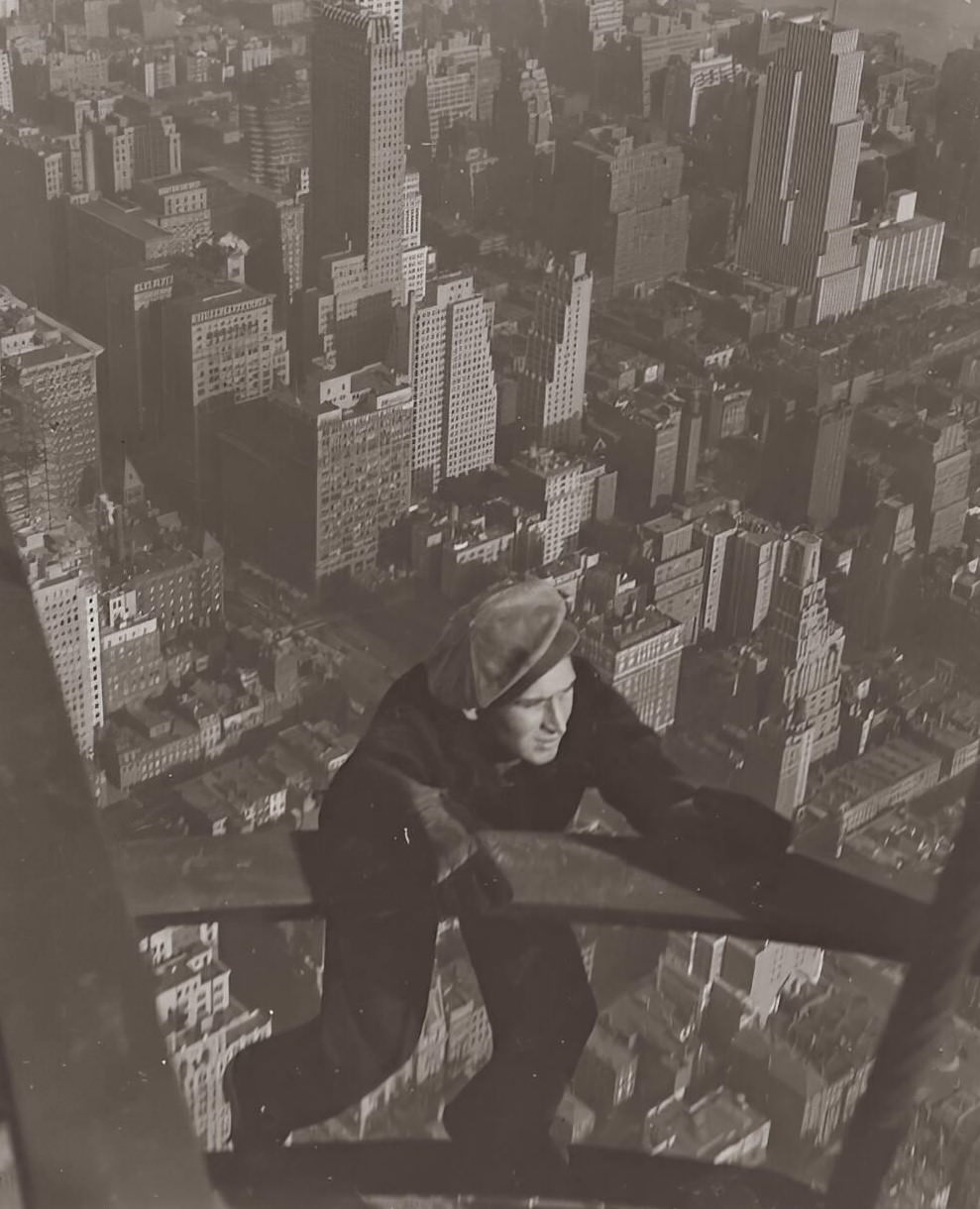
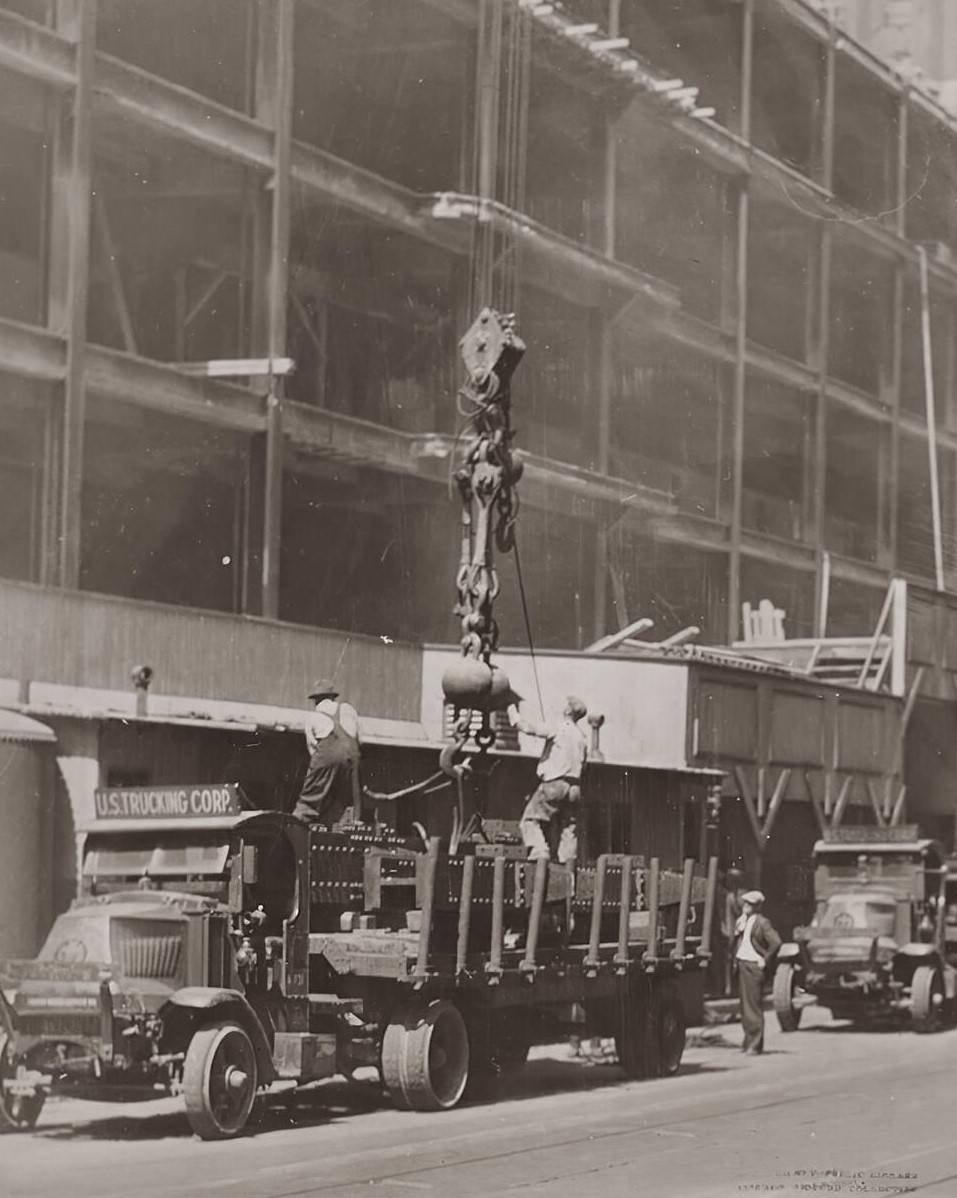

GIPHY App Key not set. Please check settings